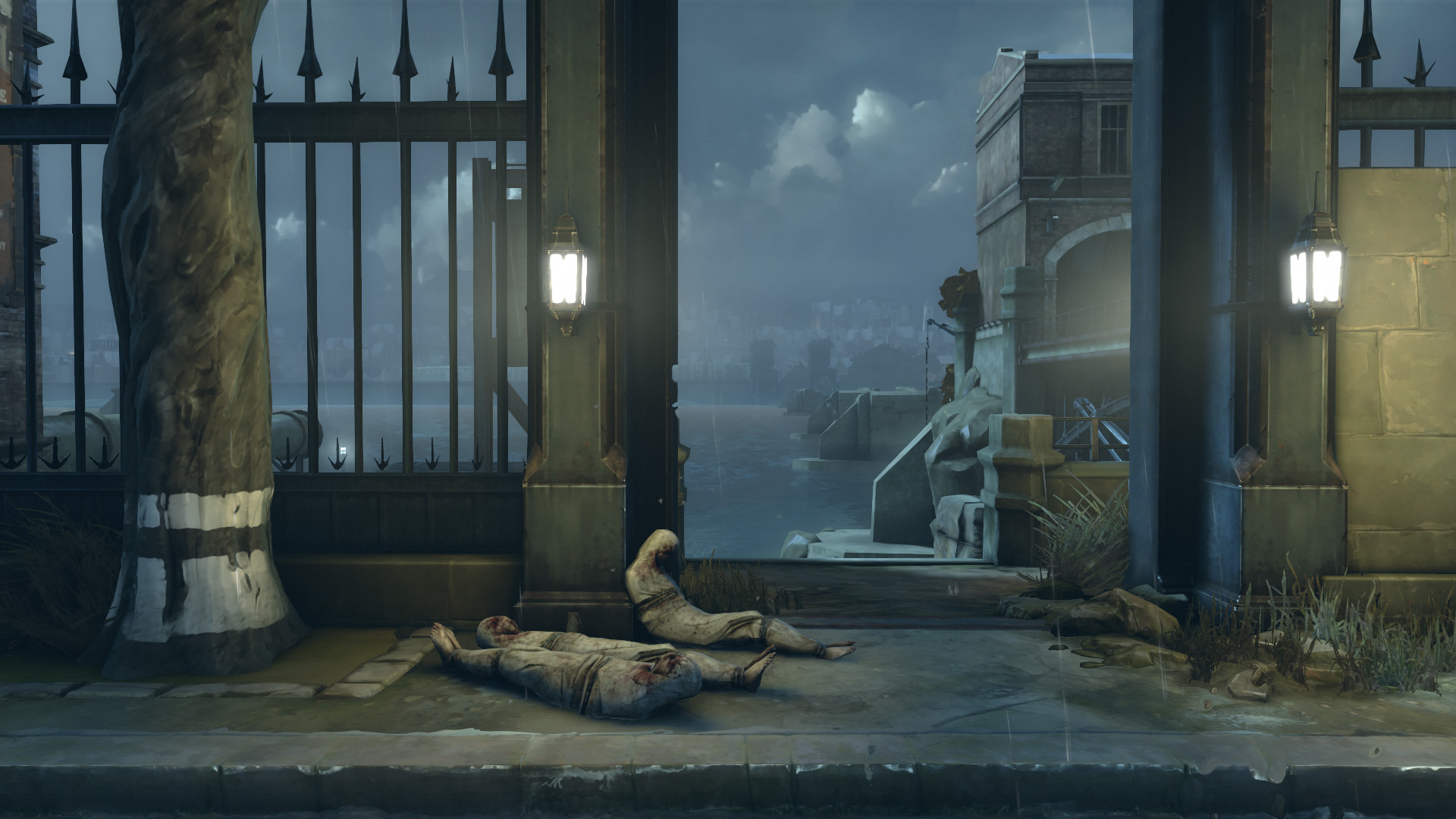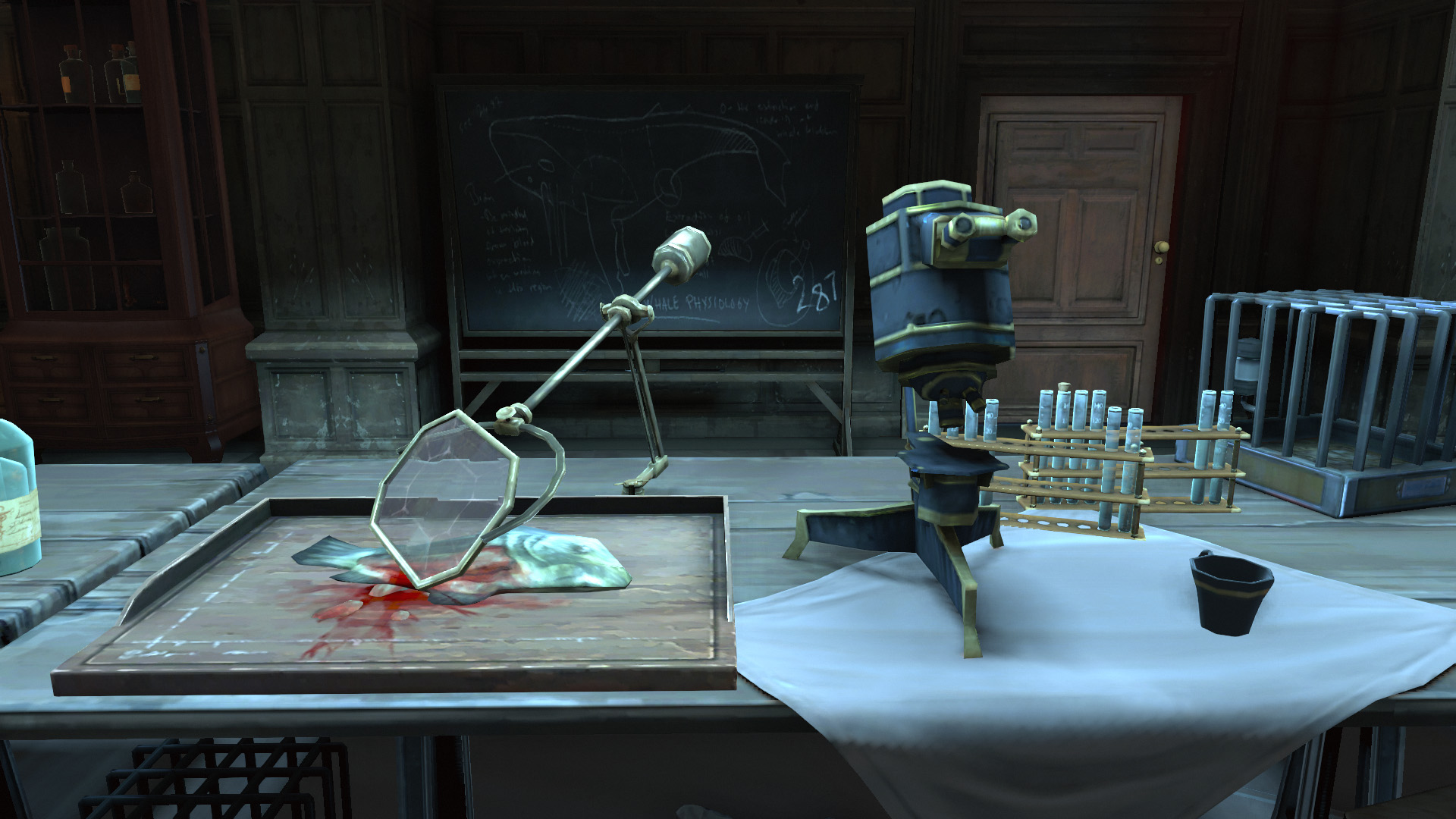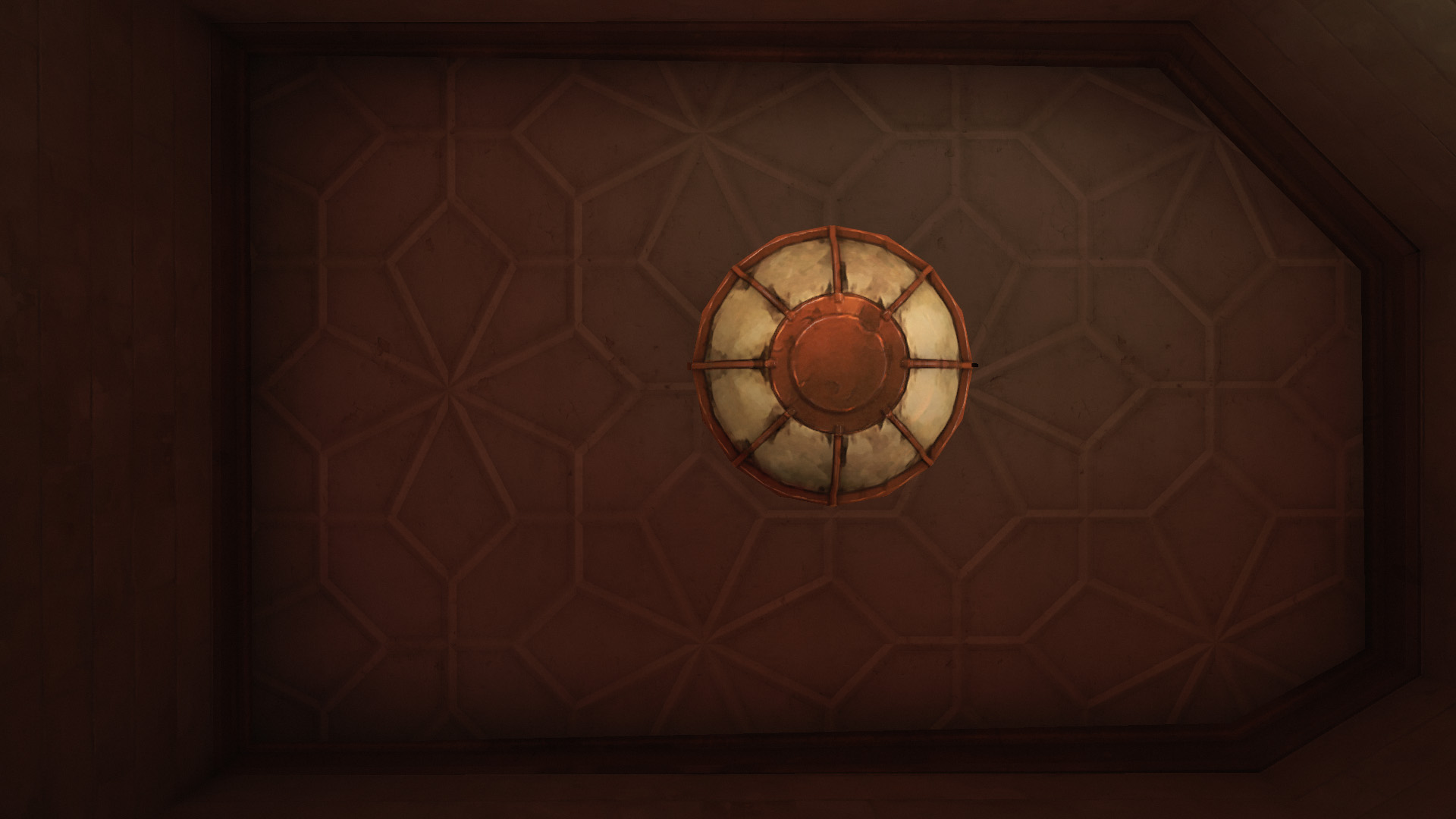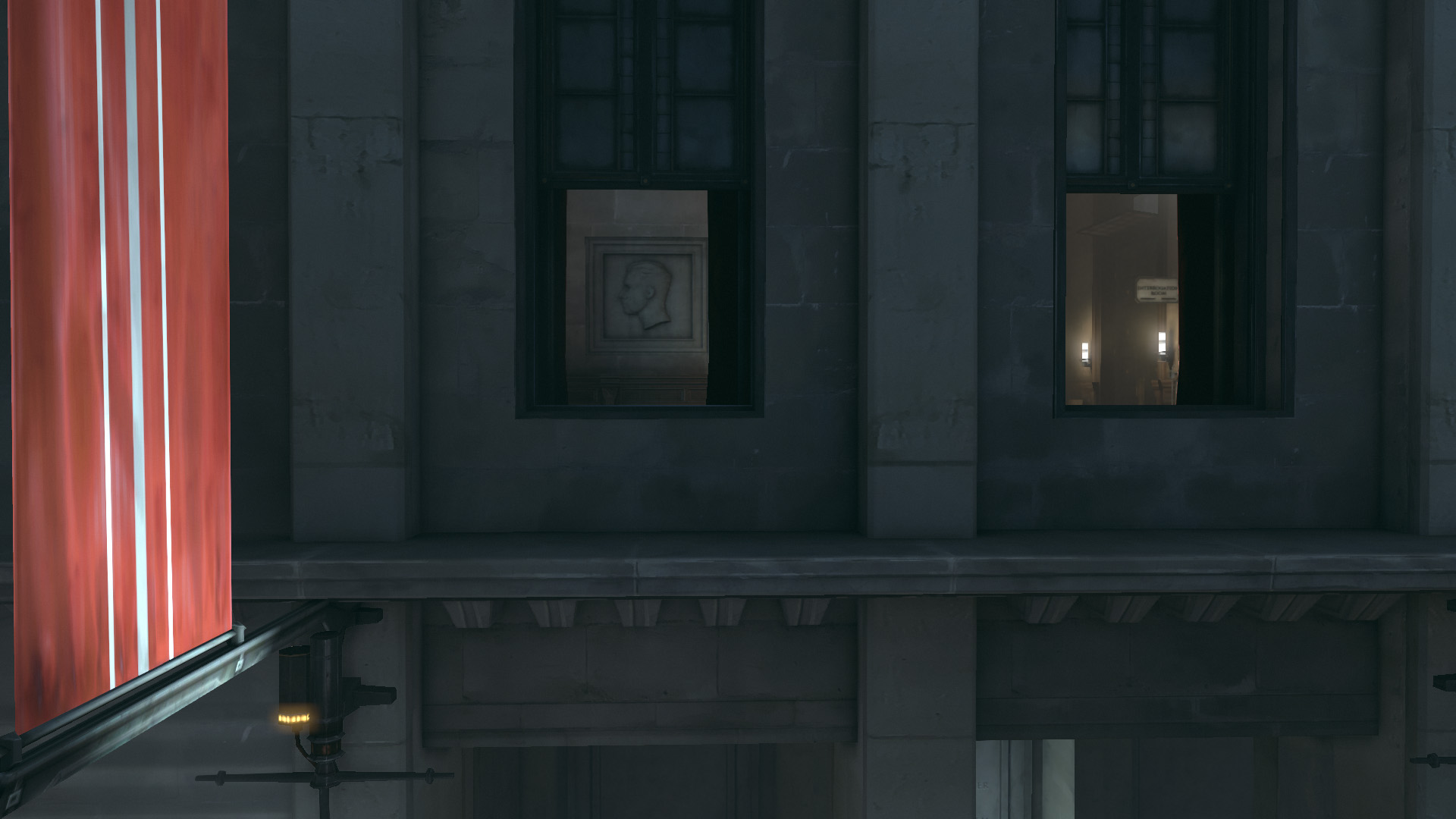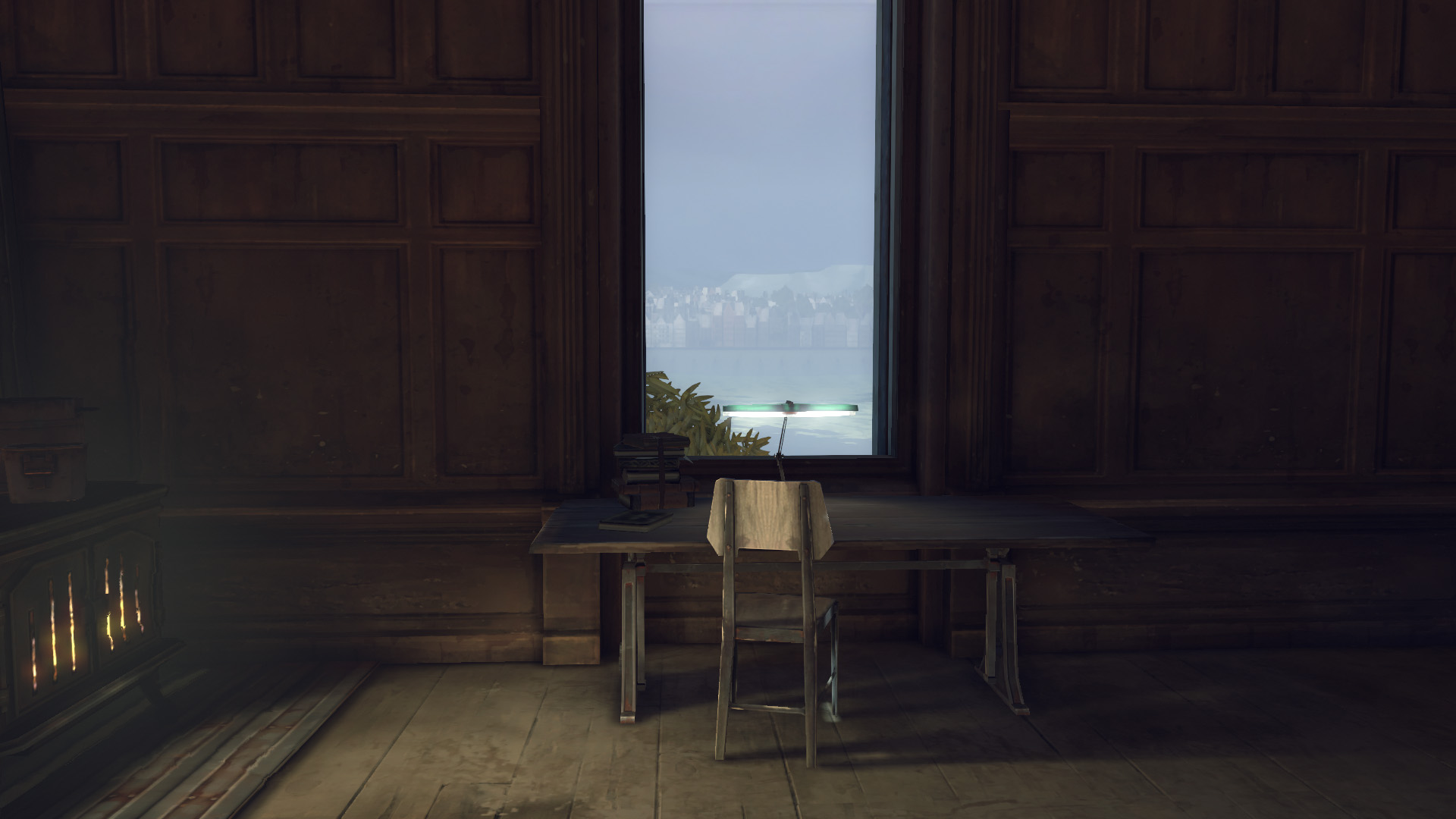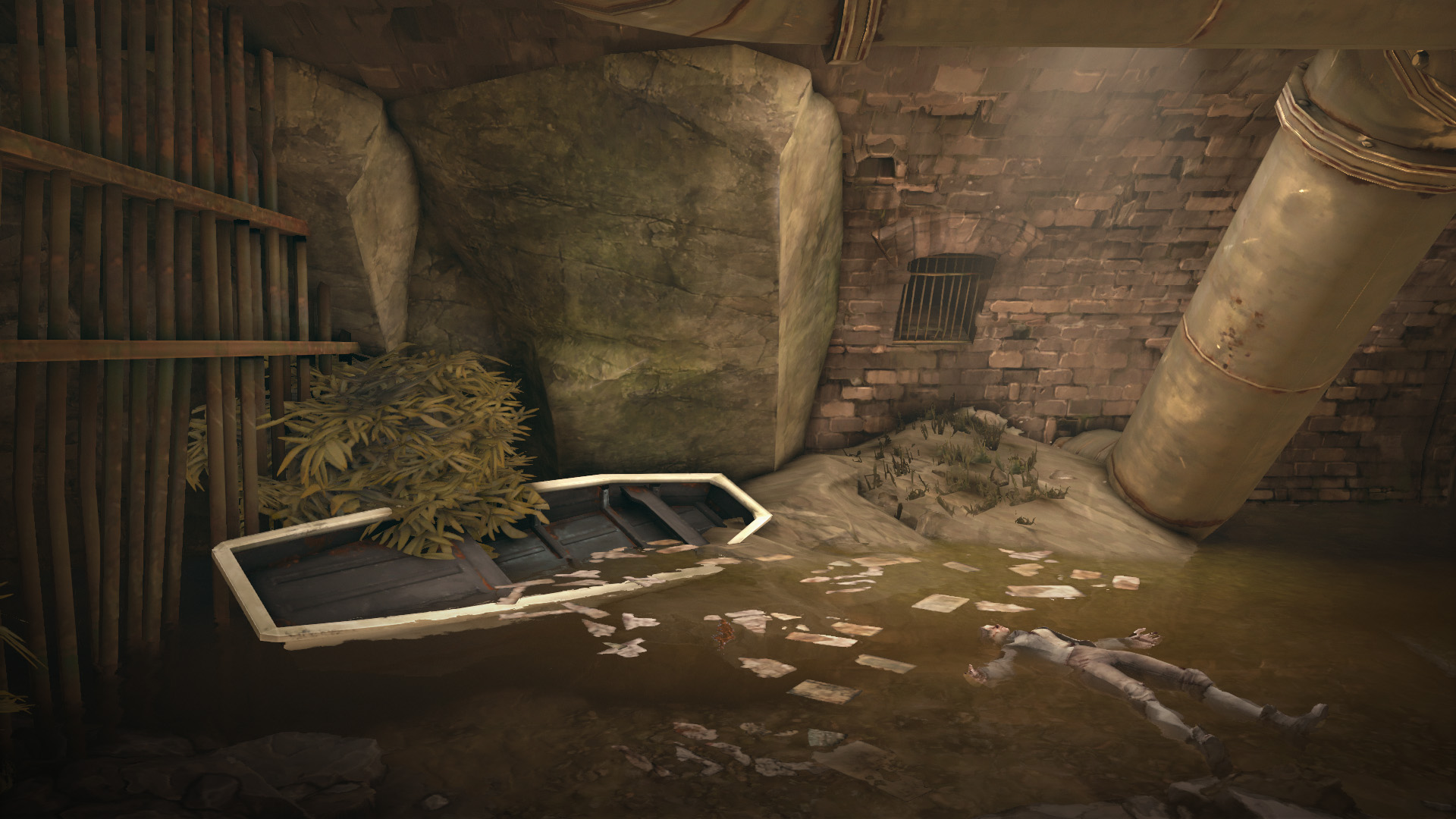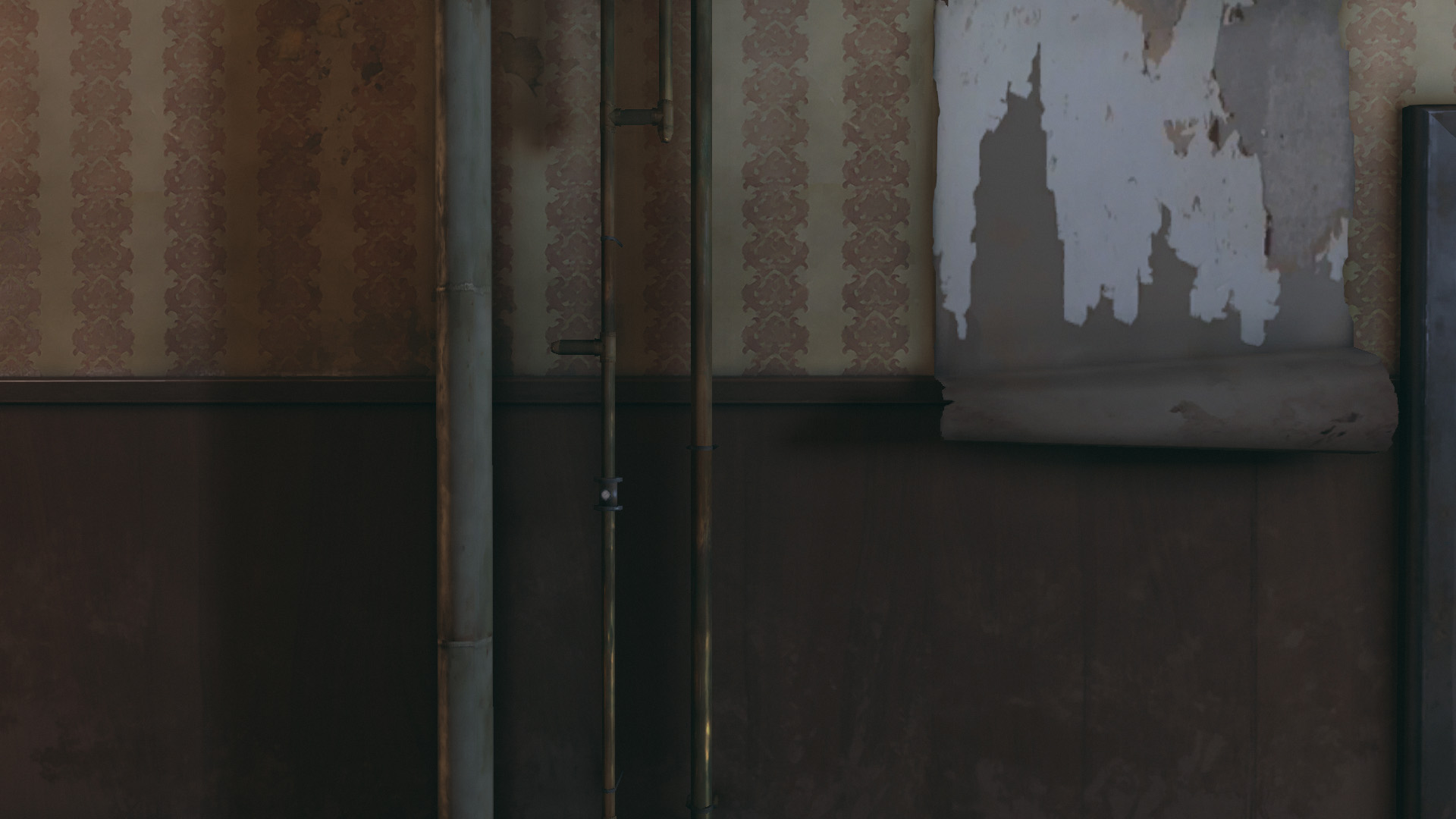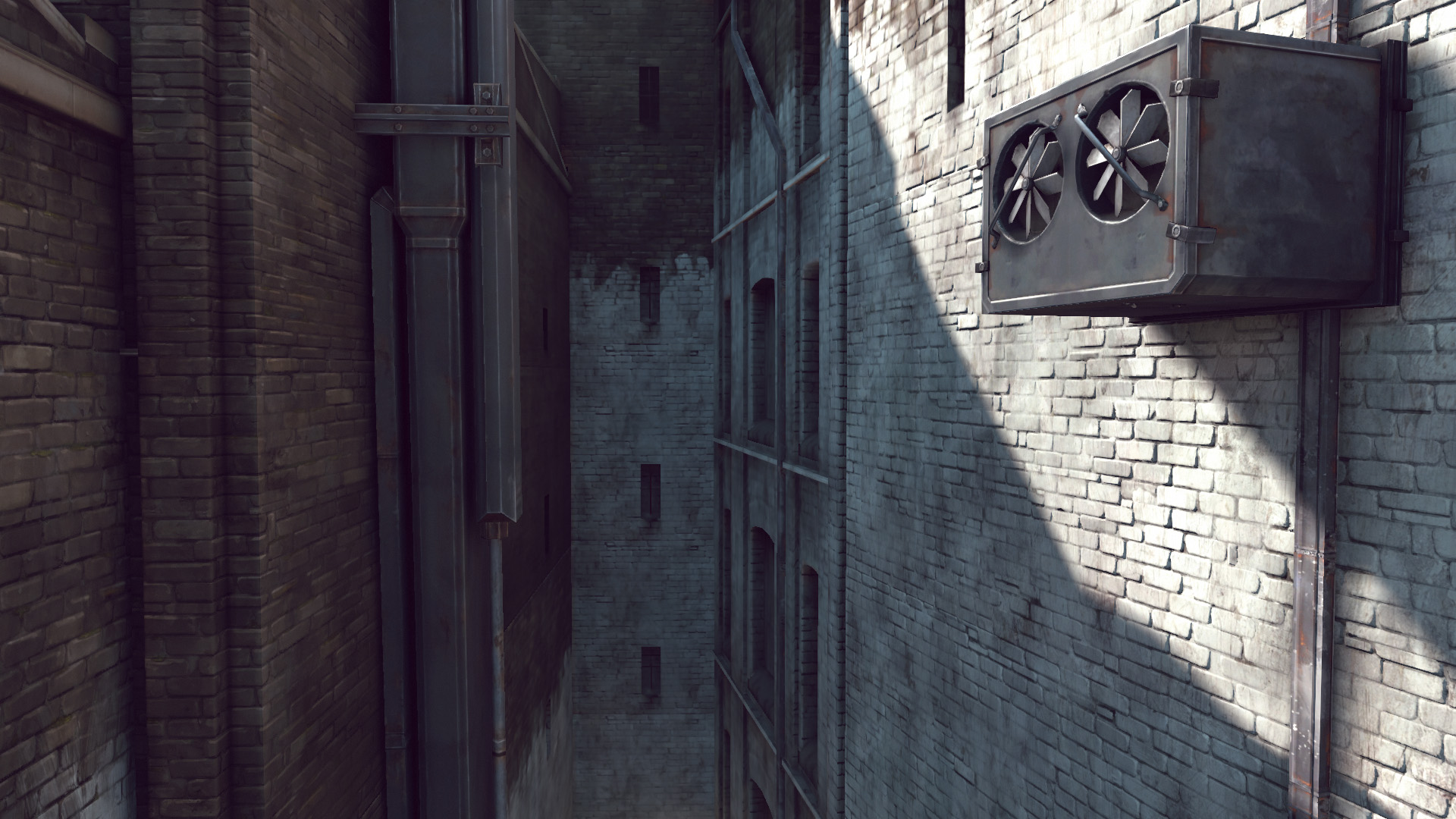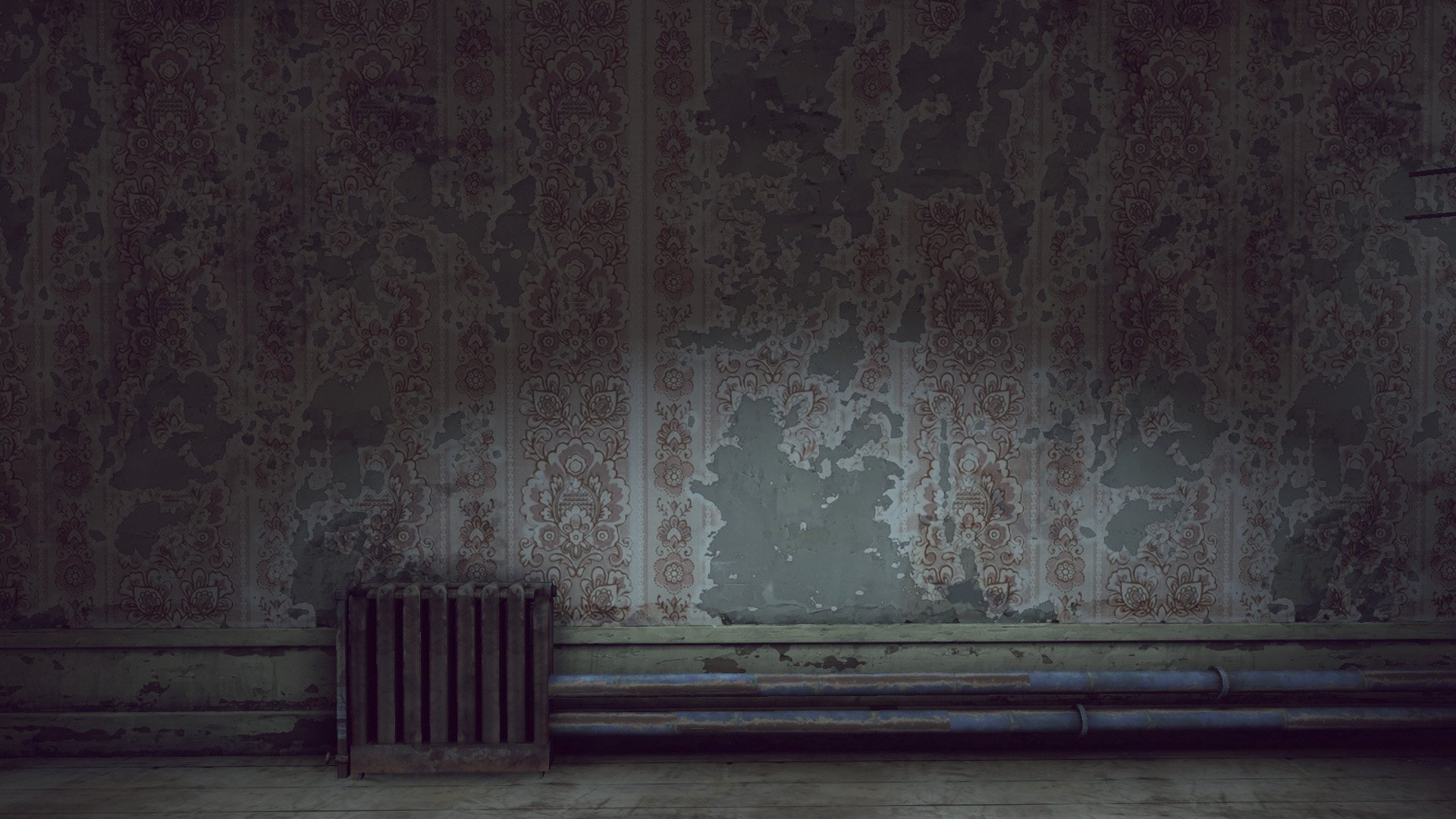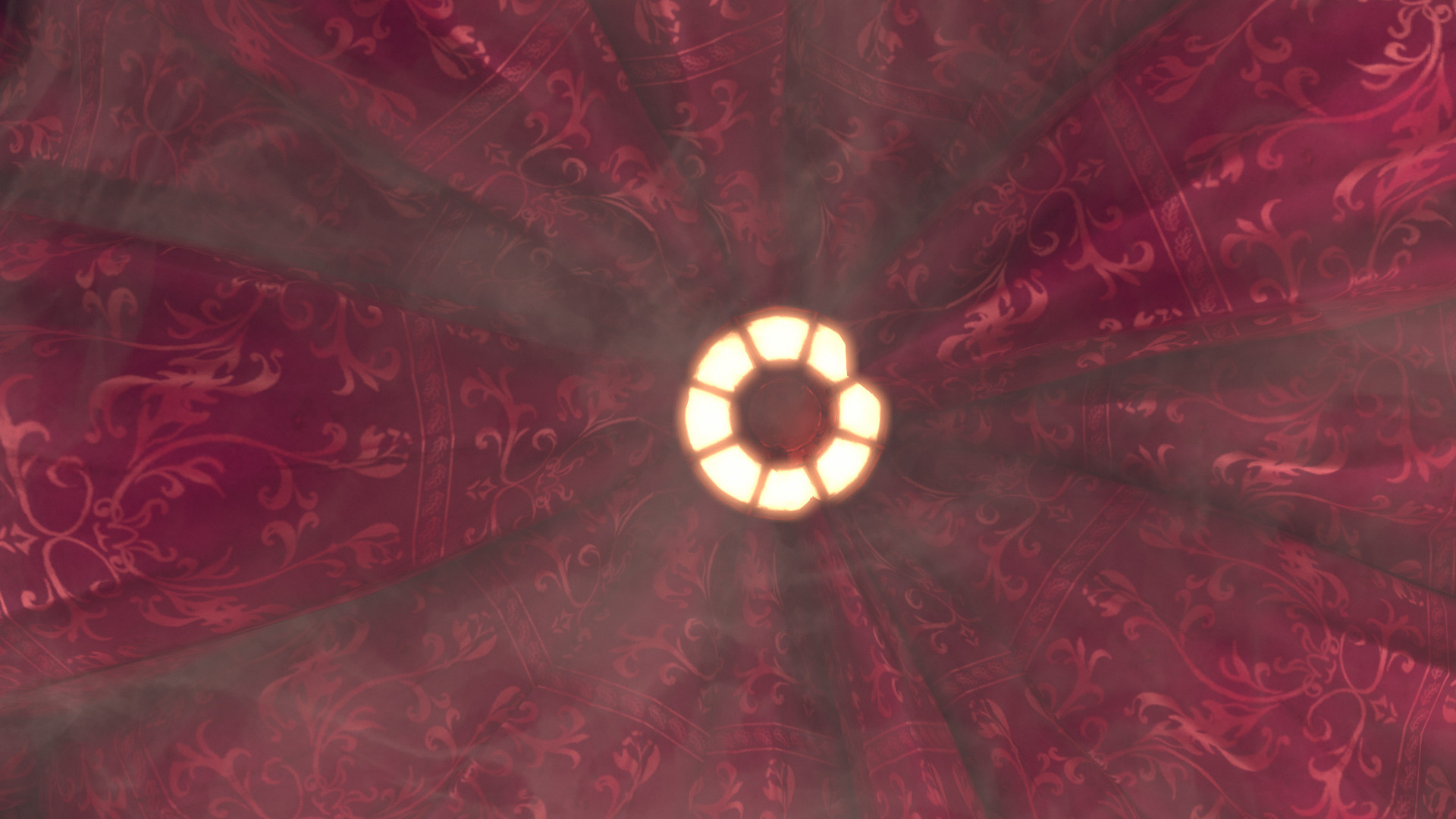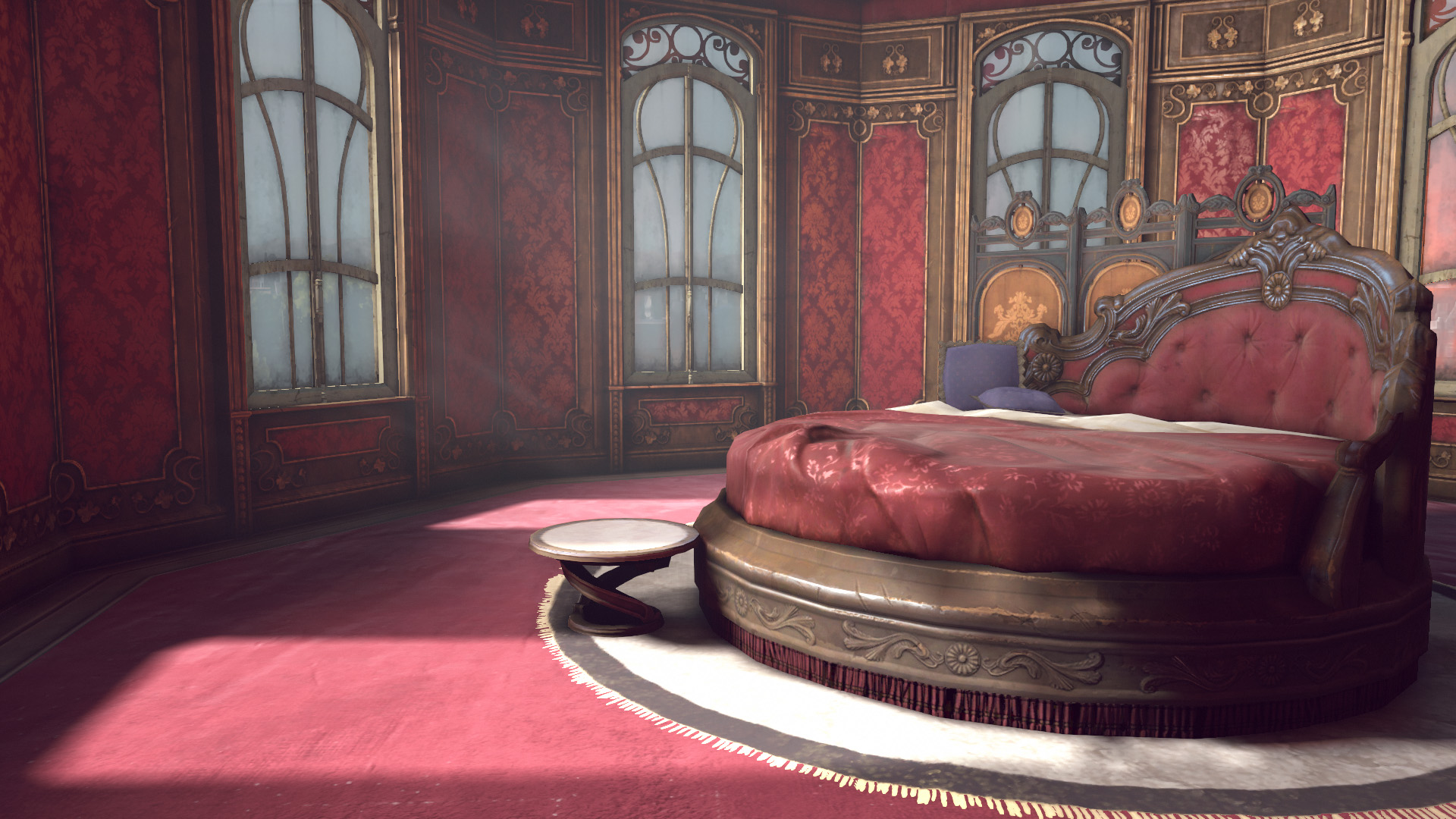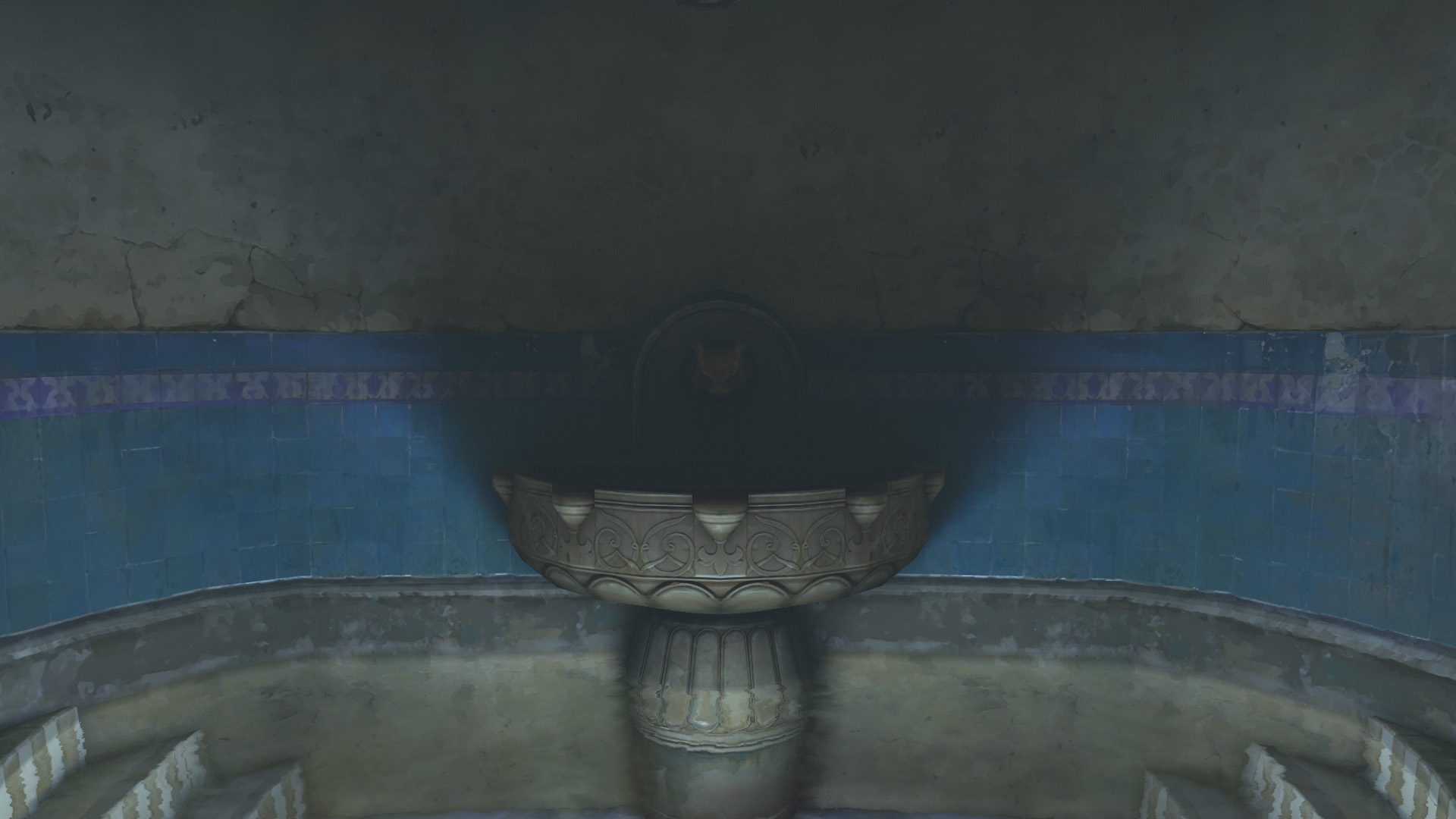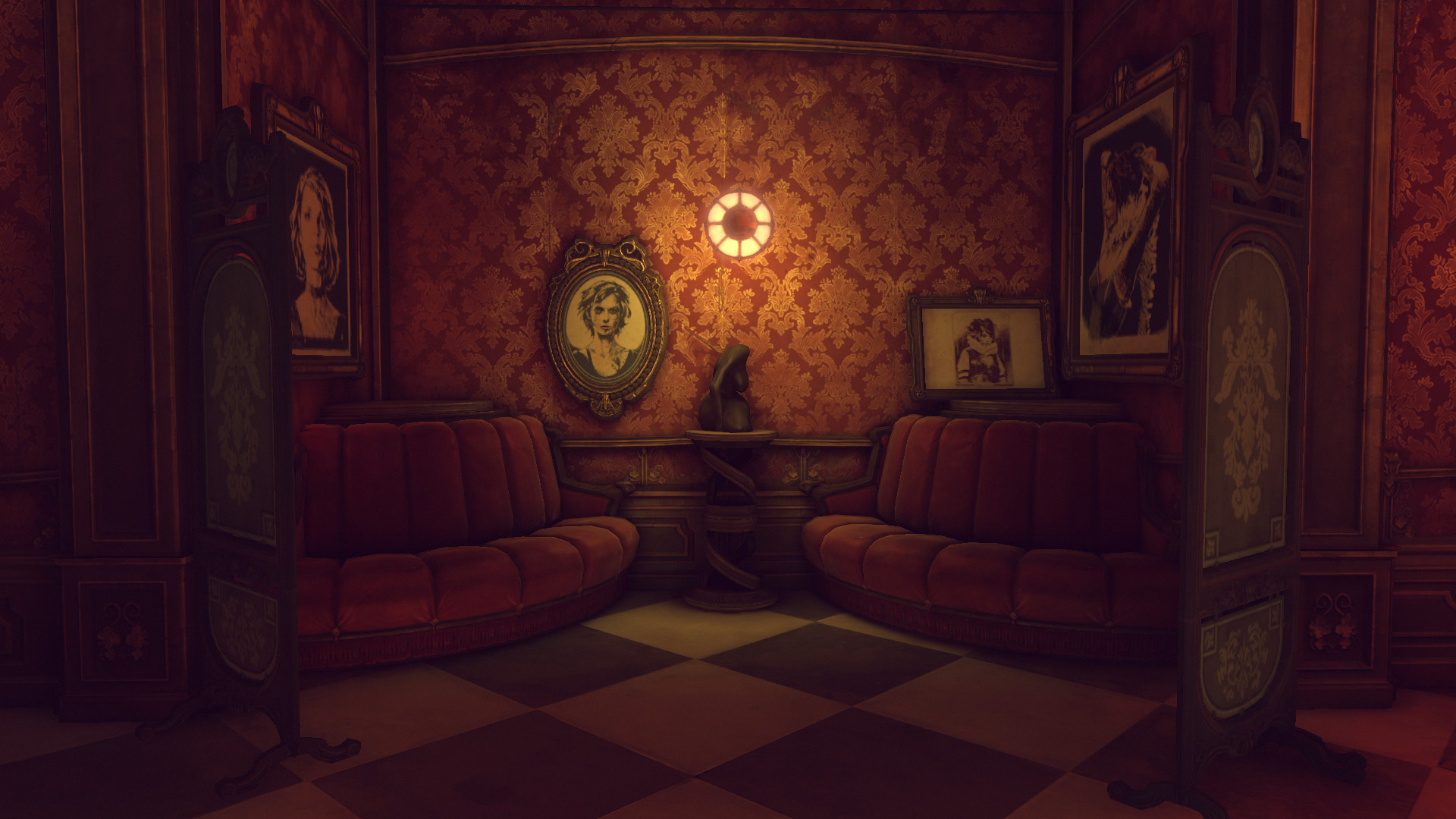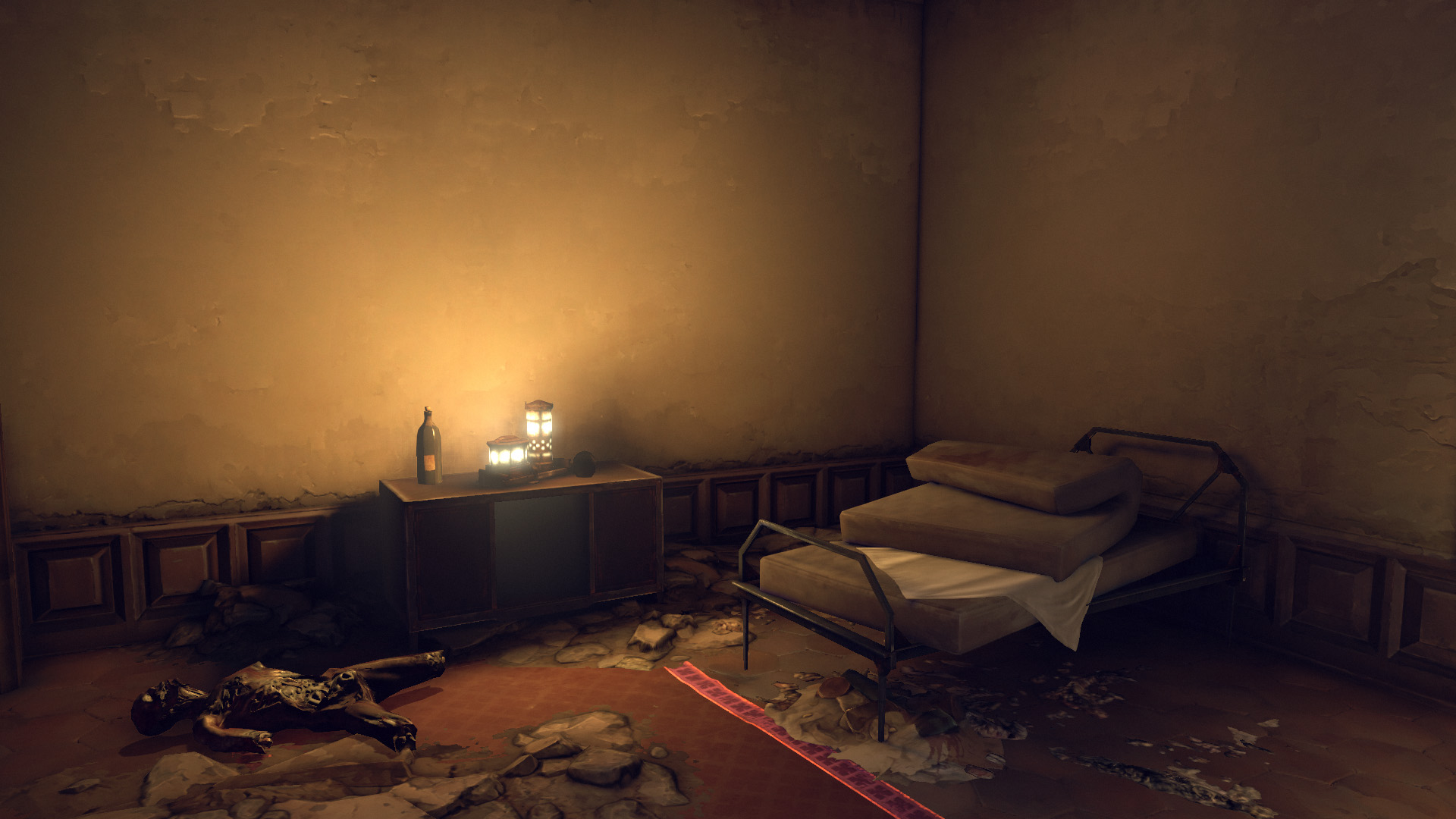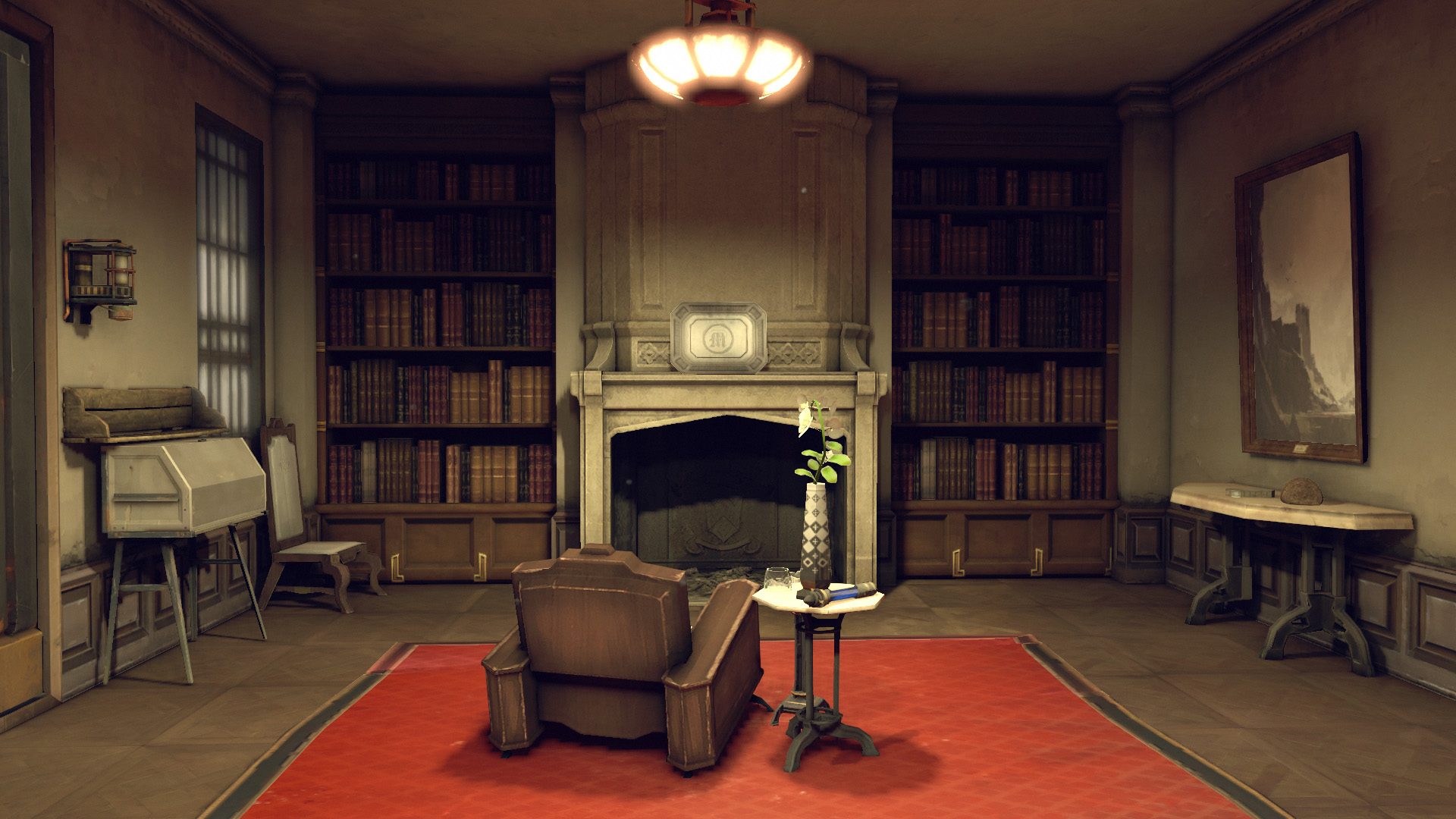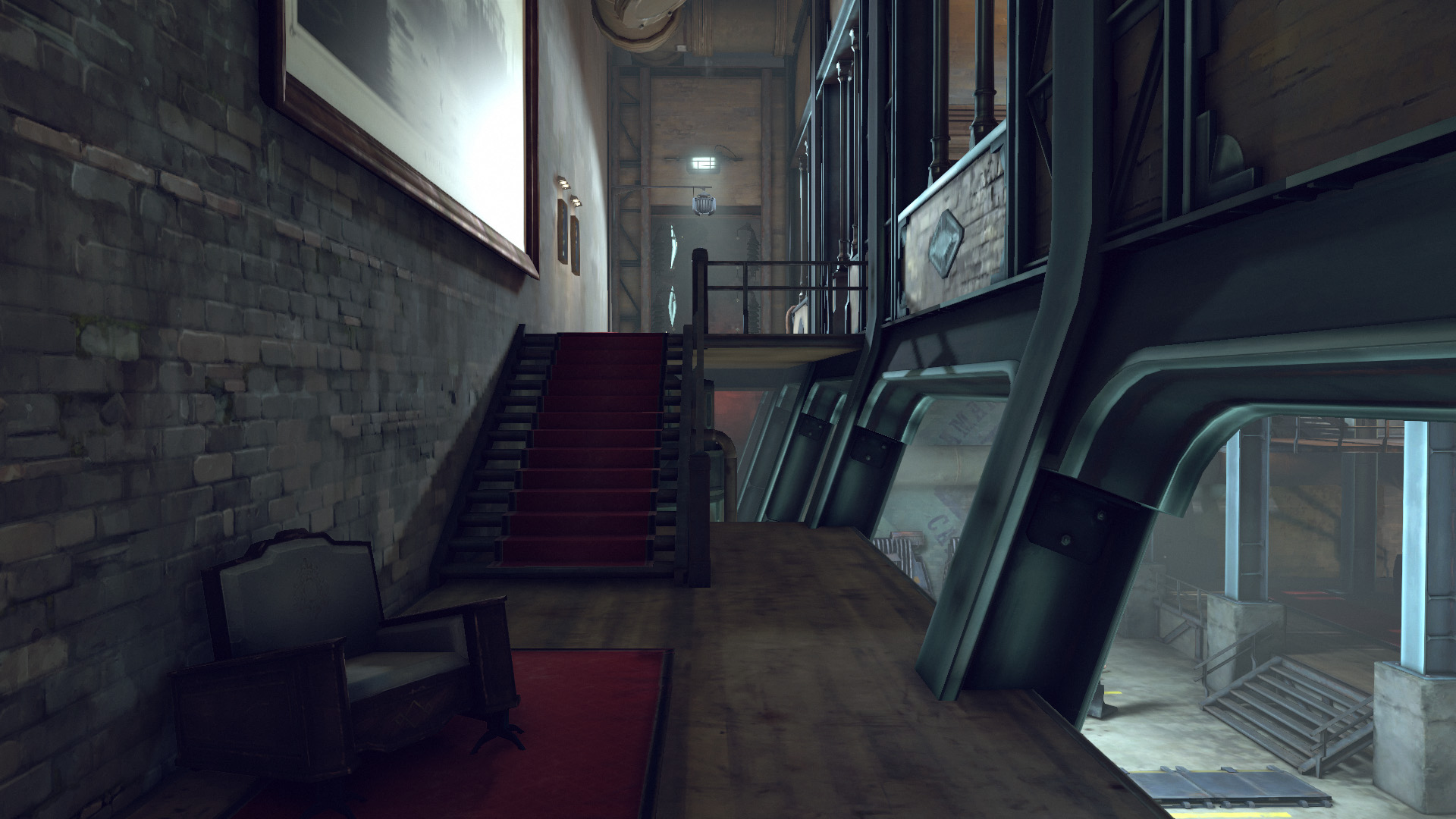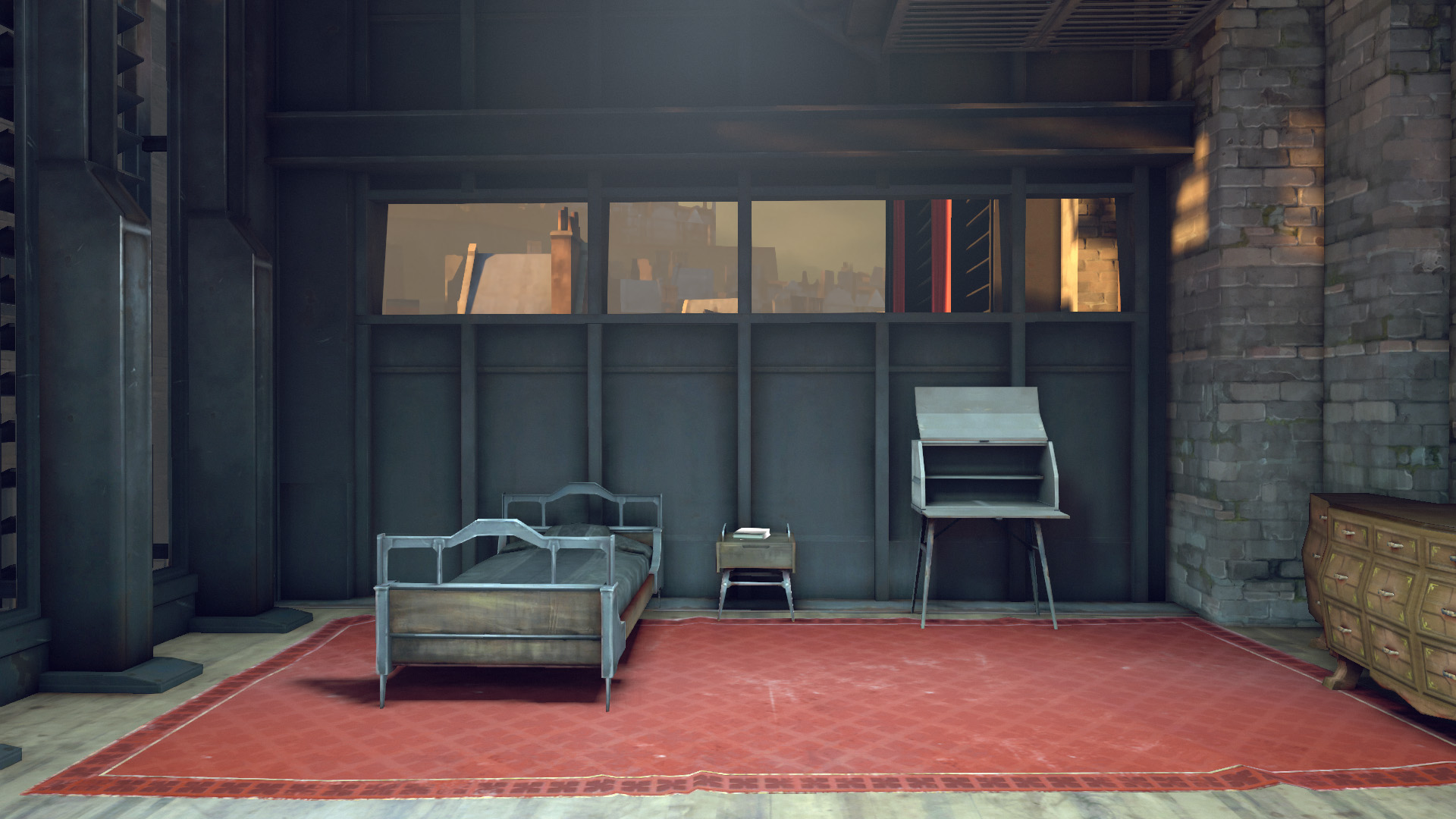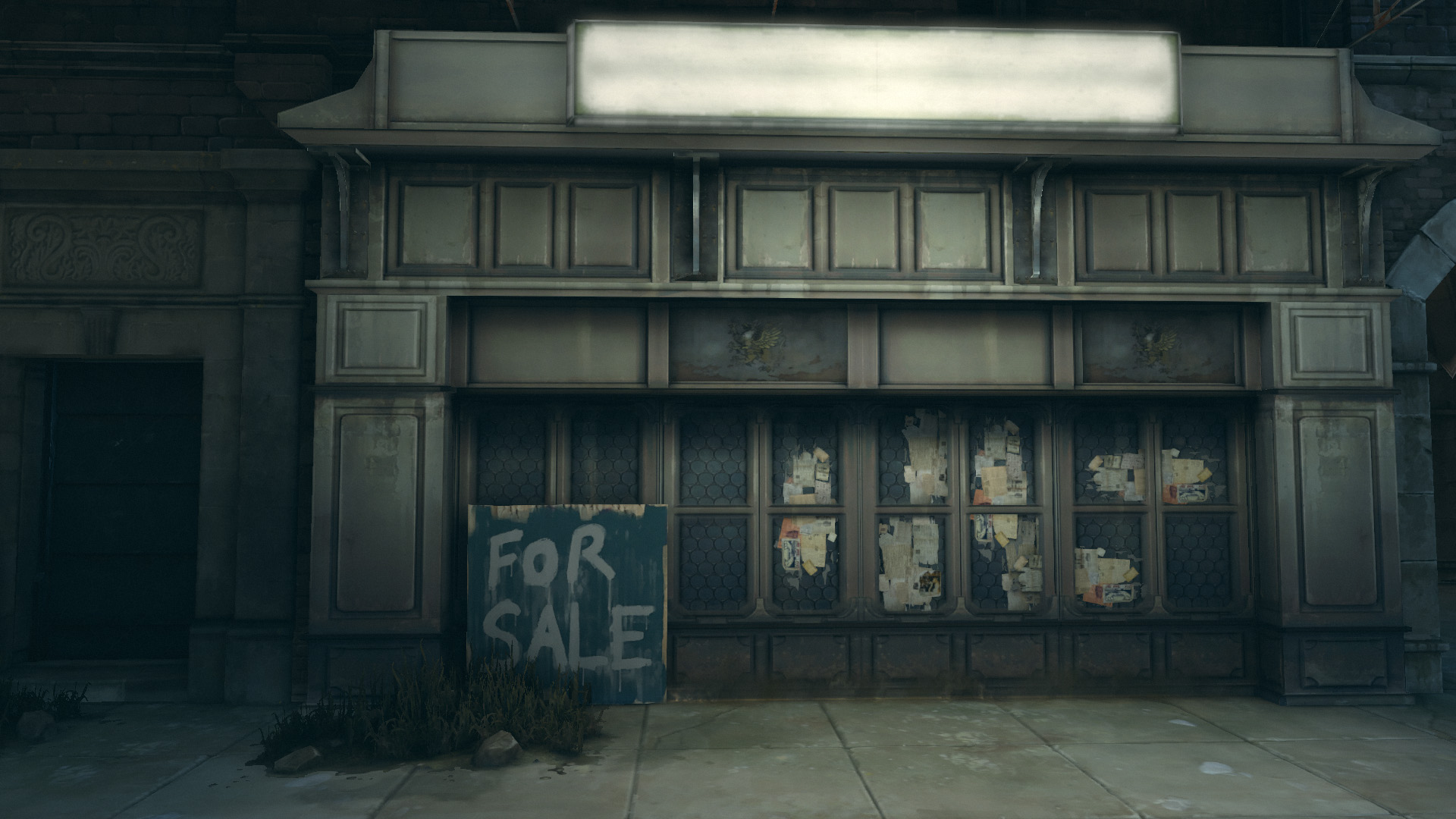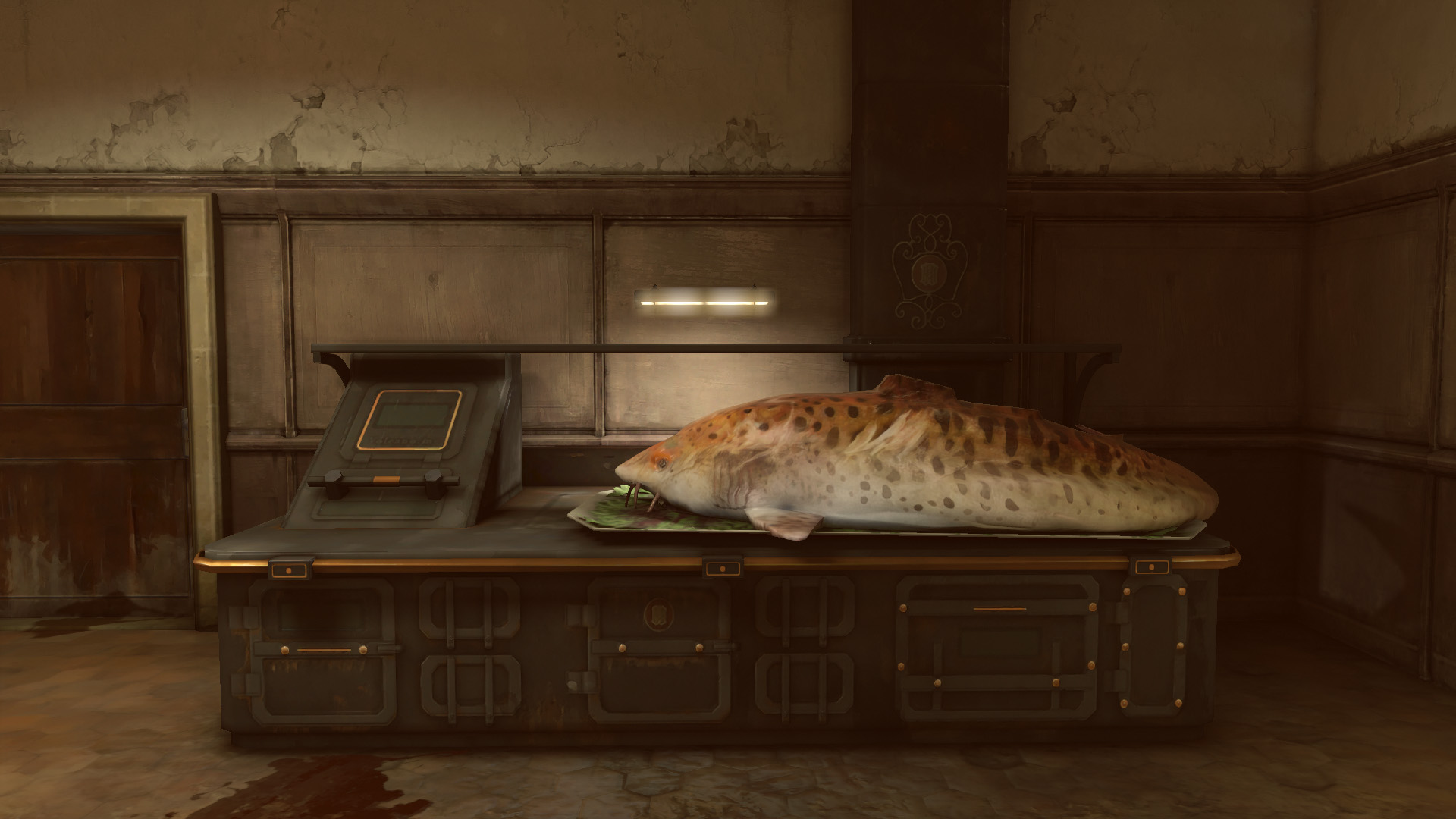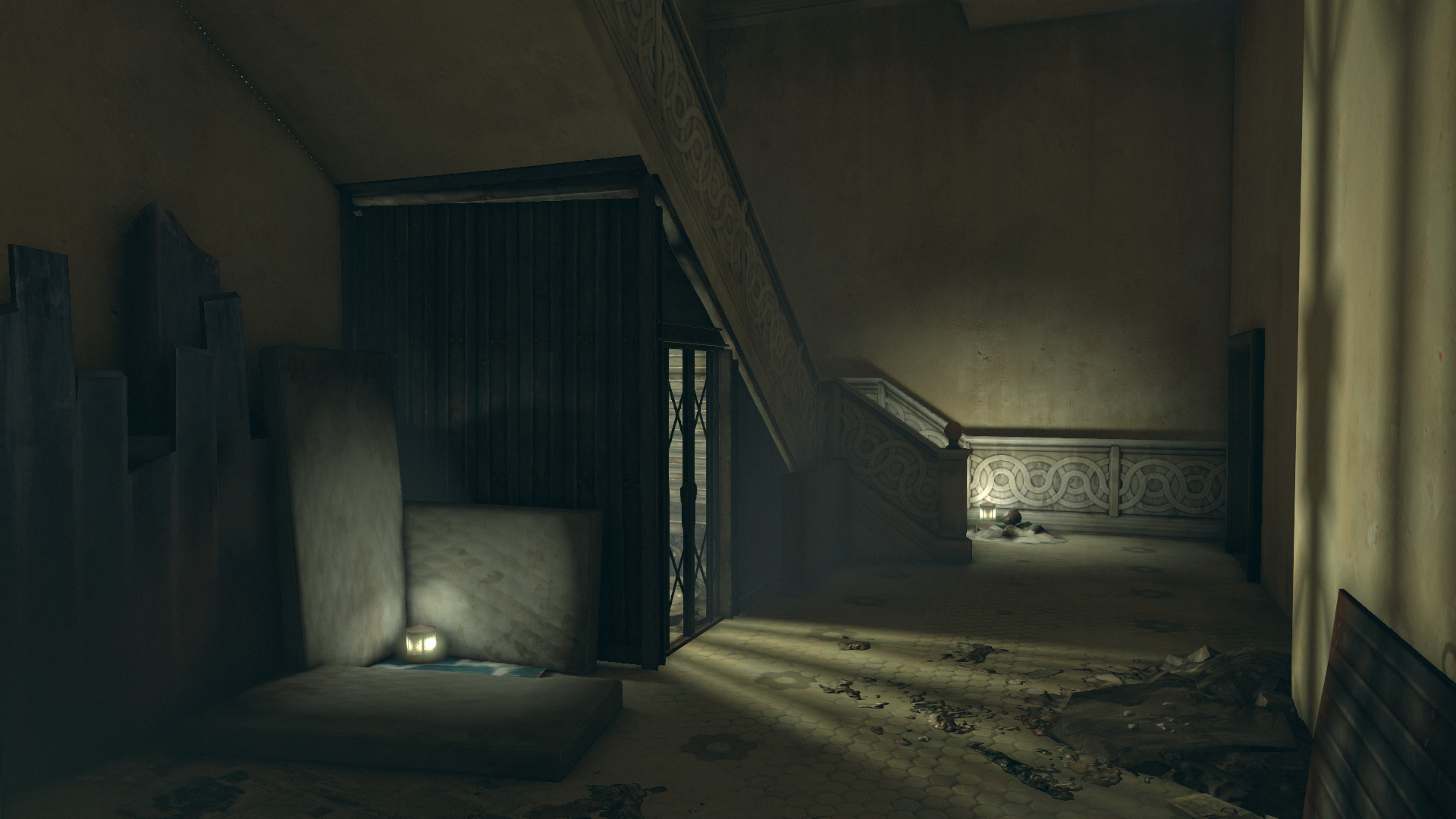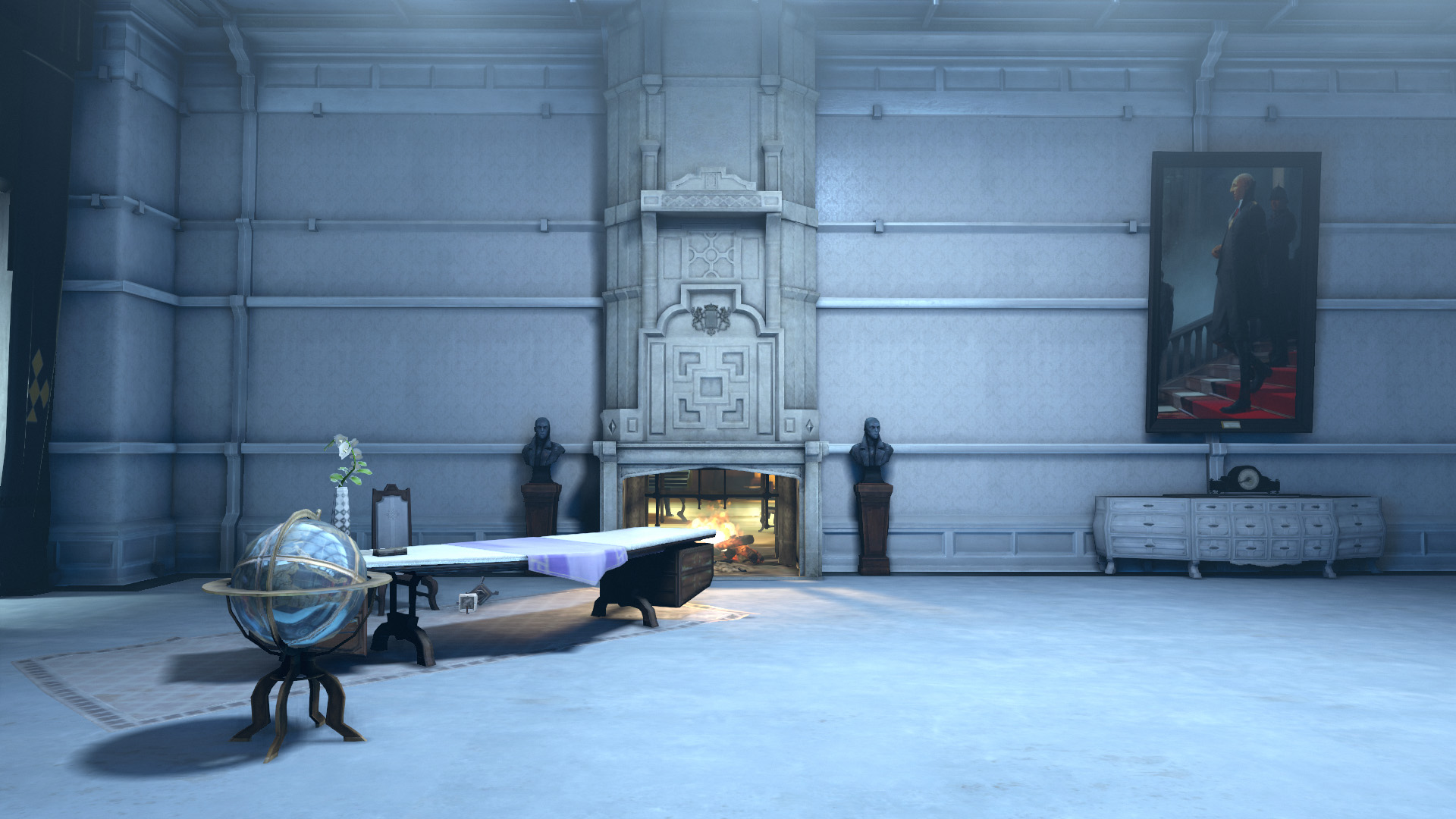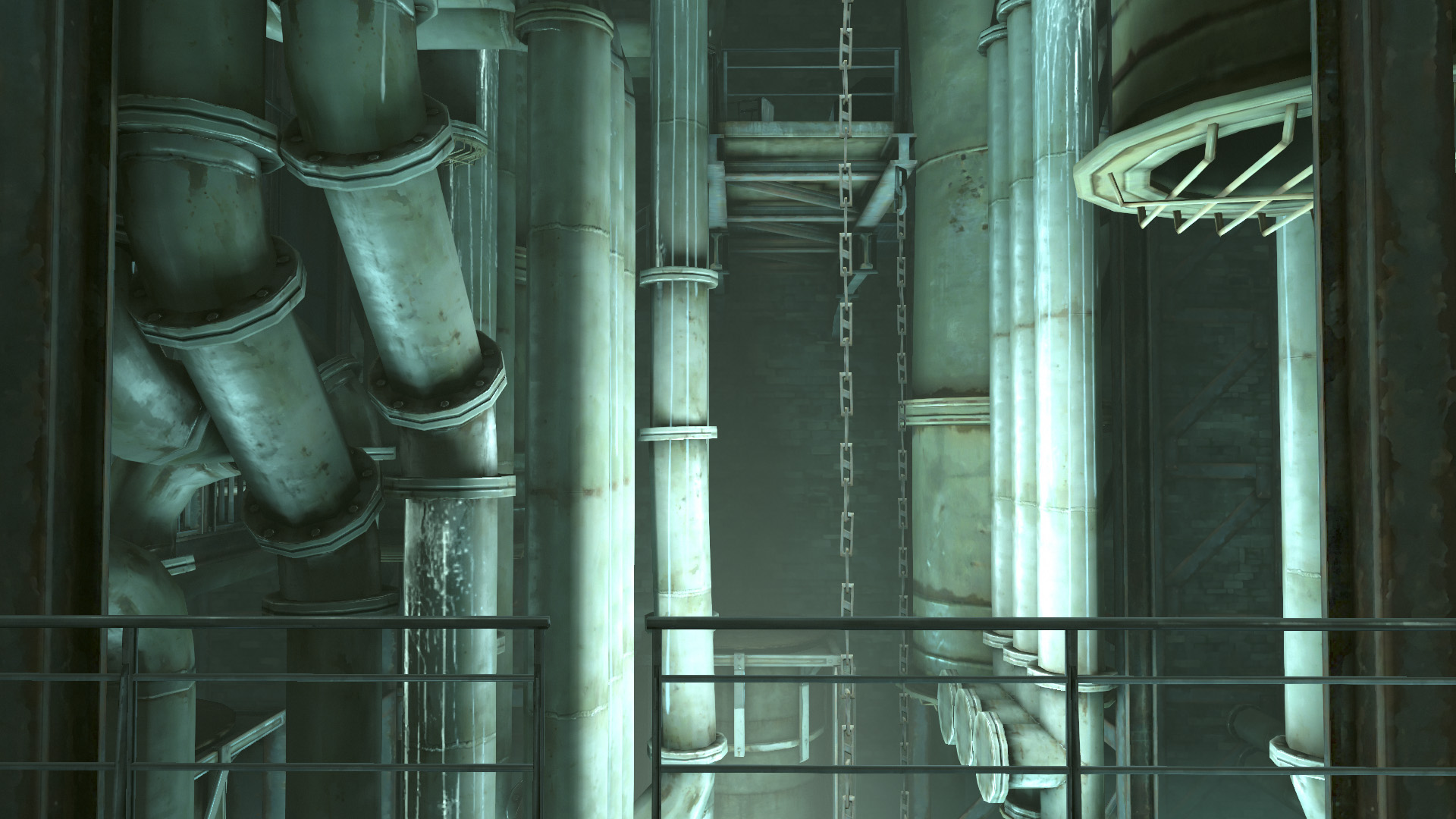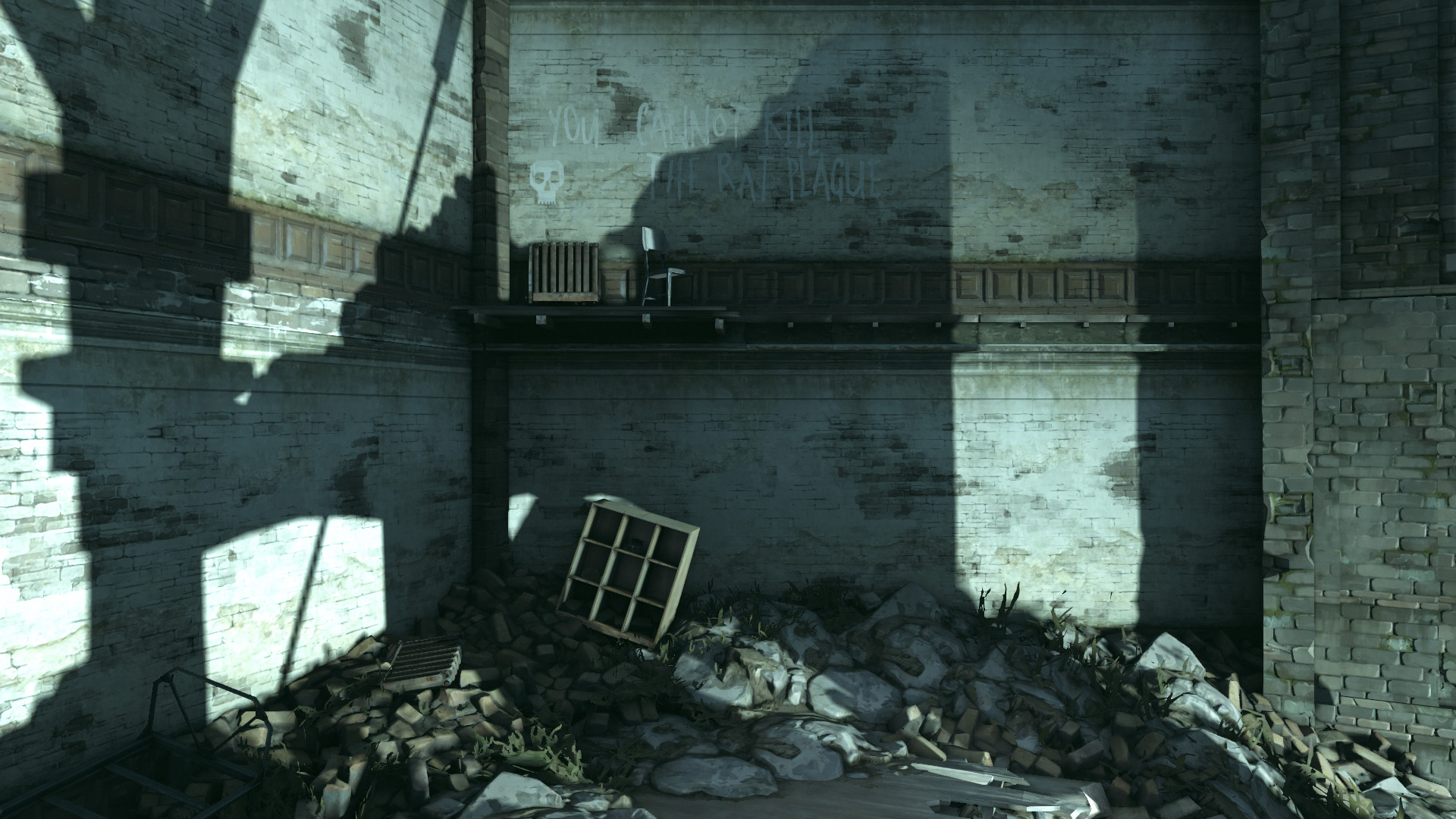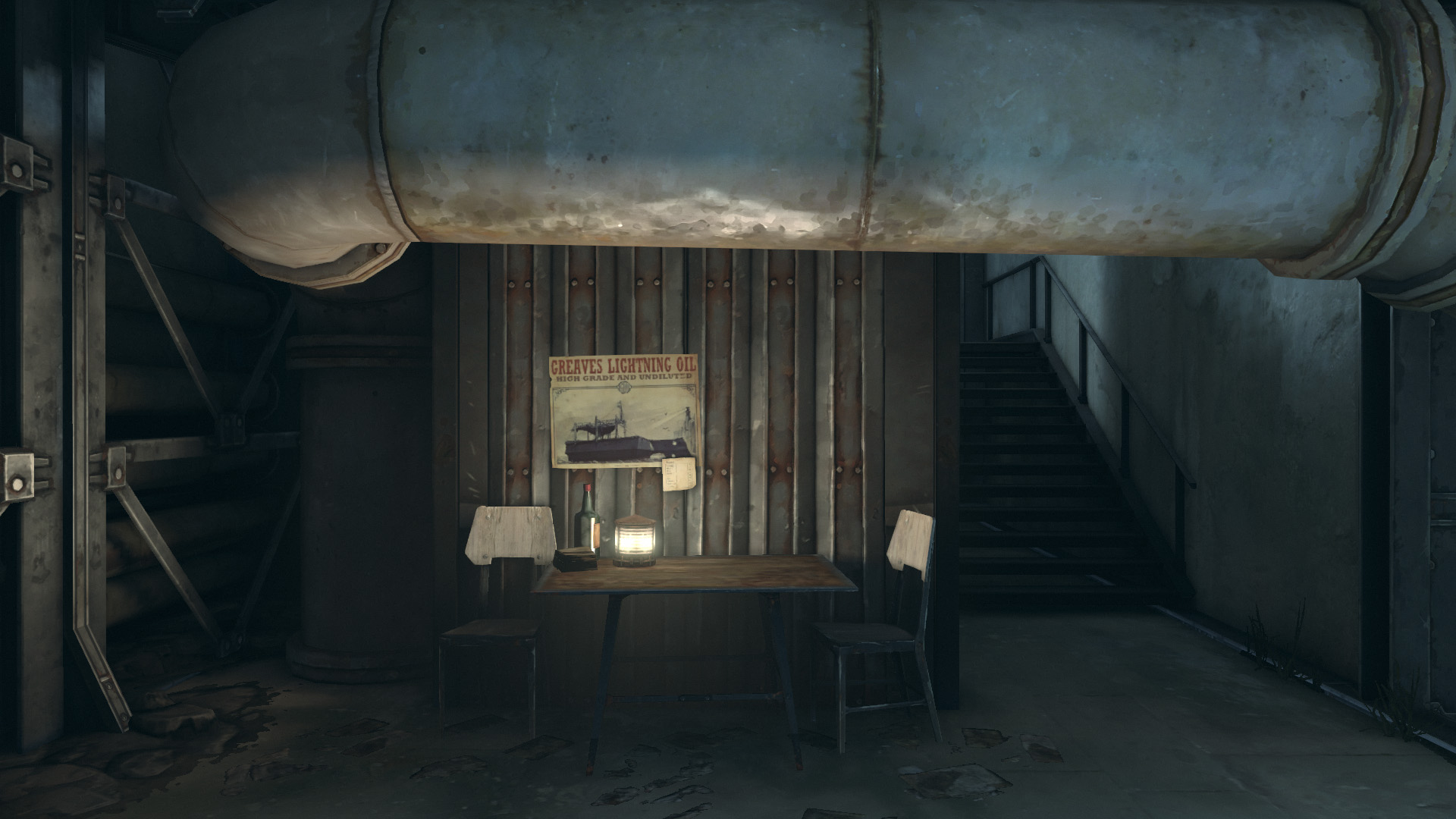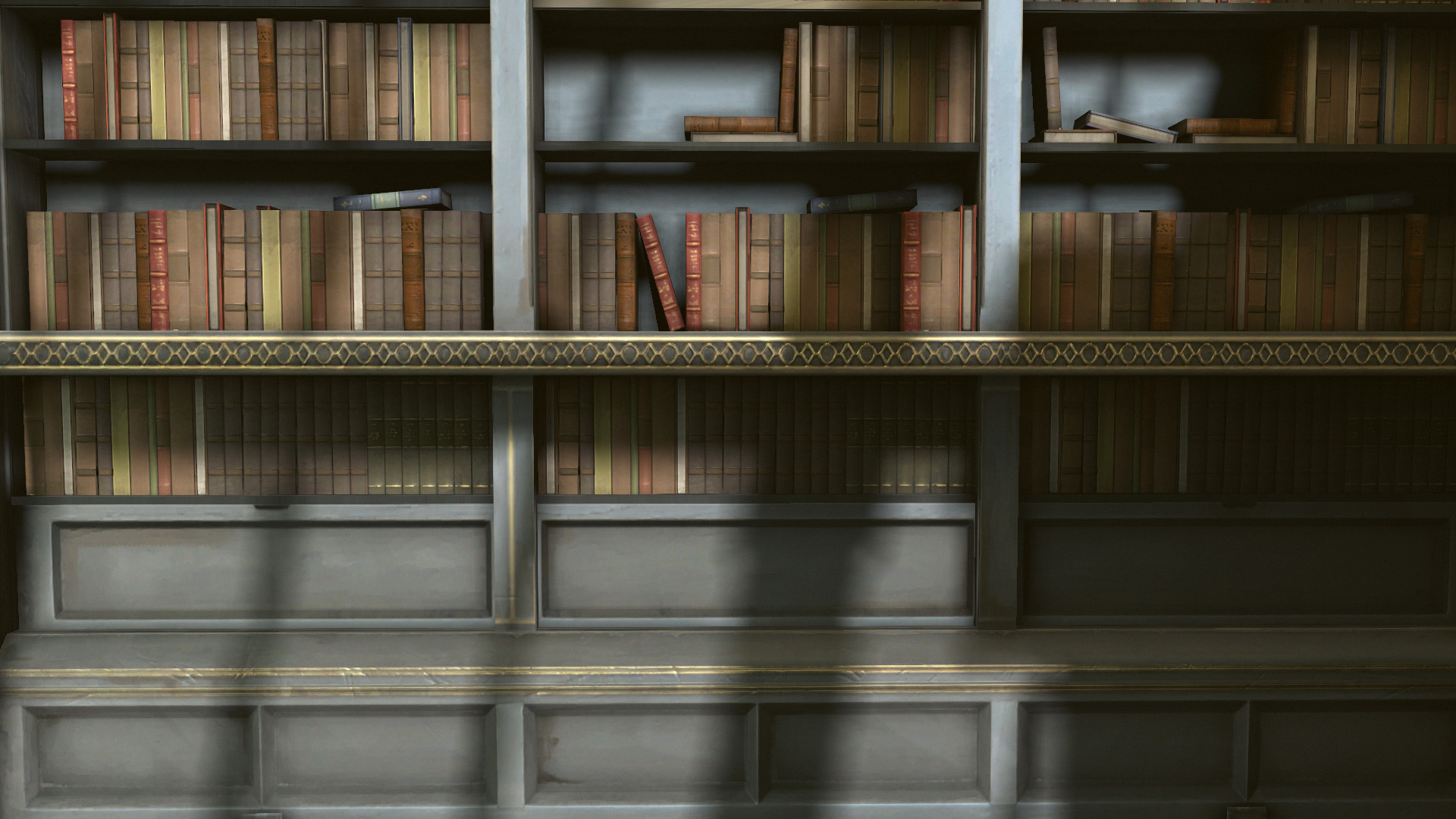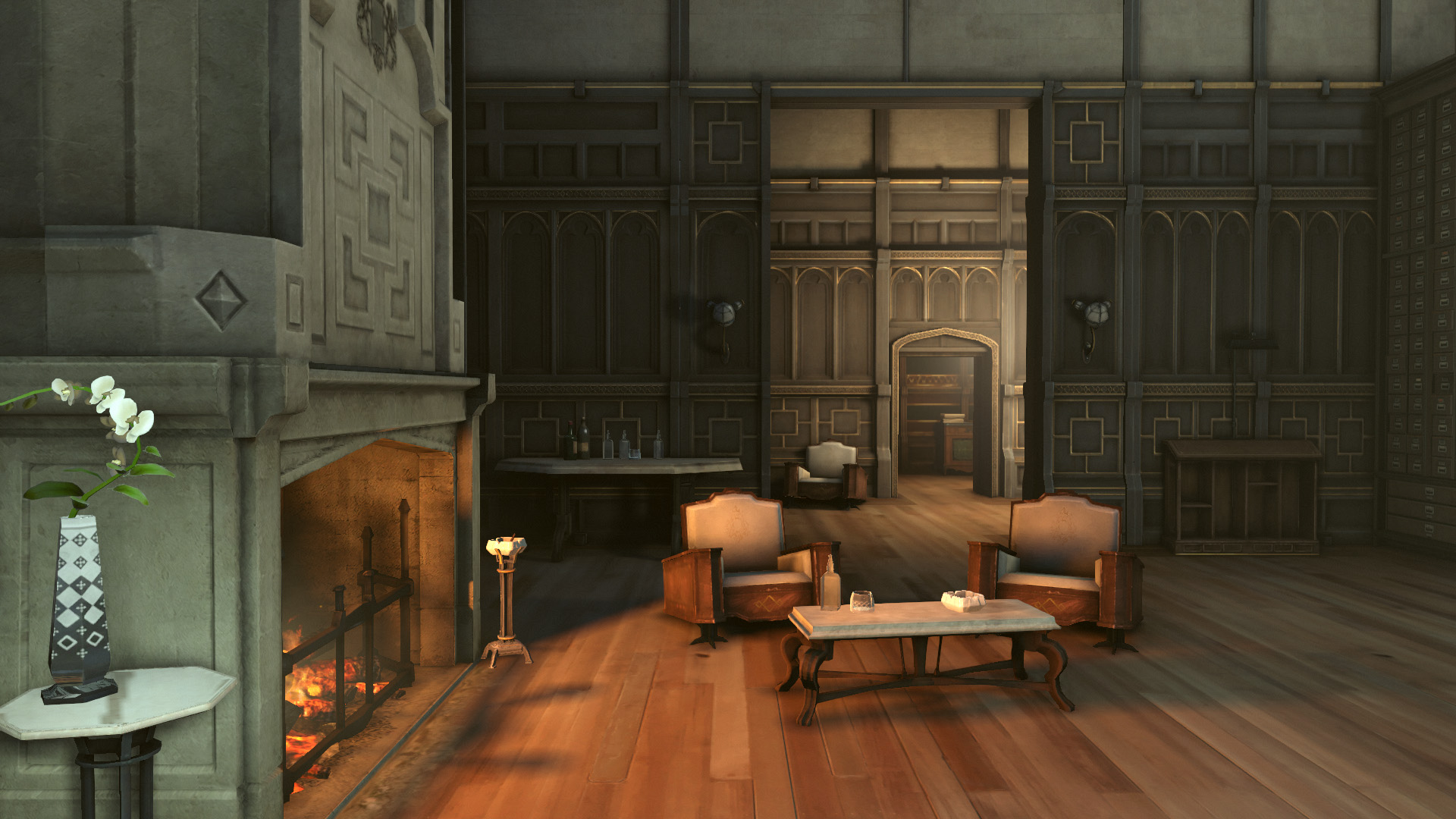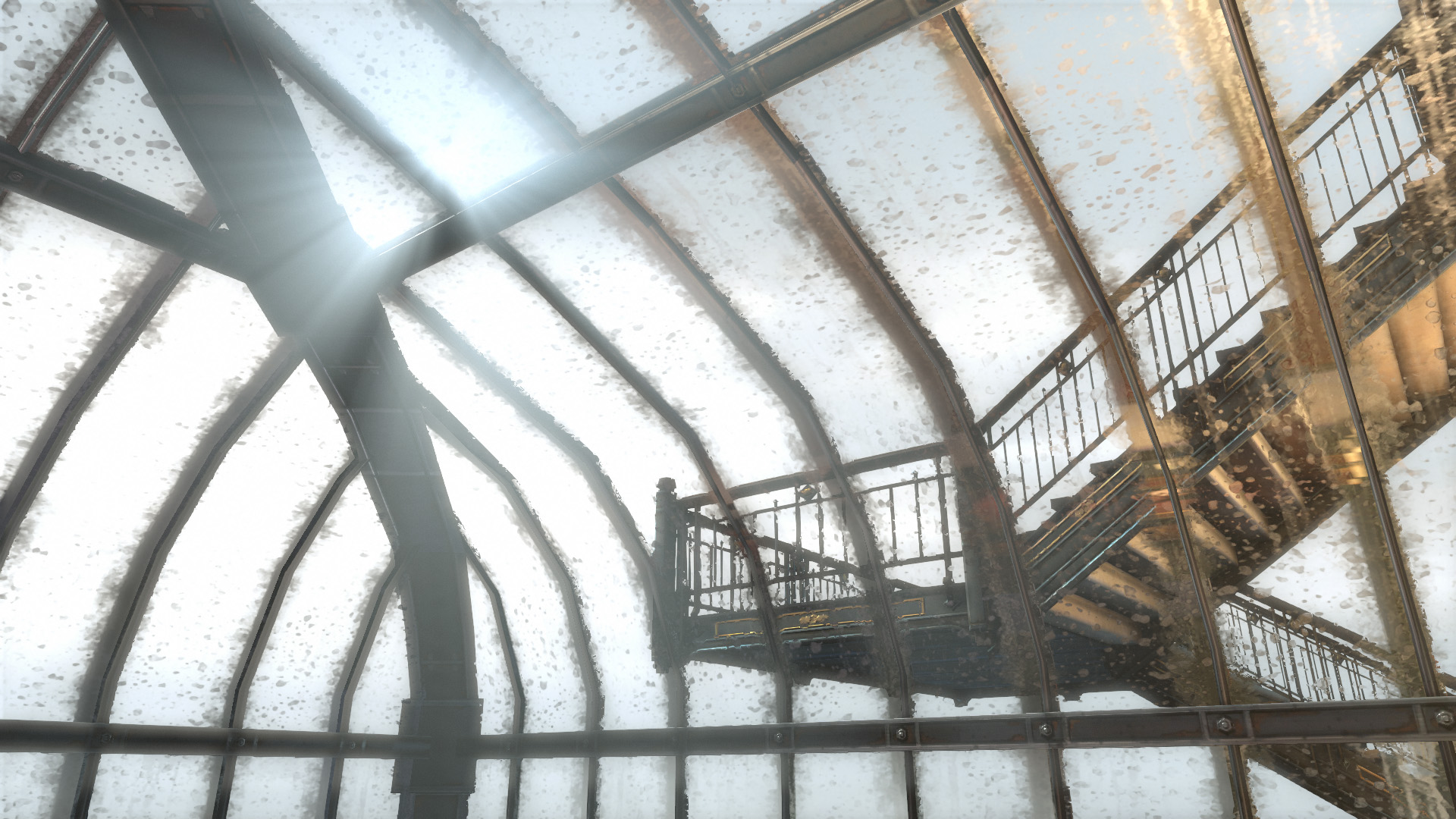Heterotopias is a series of visual investigations into virtual spaces performed by artist and writer Gareth Damian Martin.
///
There is no such thing as a total vision of a city. Statistics, guidebooks, politicians, newspapers, tourists, maps, and surveys like to suggest otherwise, but theirs is a constricted world, an incomplete image. Those of us who live in cities know very well of their tendency to conceal and reveal themselves with unexpected rhythms, as if at random—surprising us with new configurations and revelations, shifting prism-like with the passing of time or the changing of the light. Perhaps that’s why the most alluring virtual cities are those that remain tellingly incomplete. The ones that don’t allow us to endlessly scramble across every rooftop and spire, every alley and basement, from outskirts to heartland and back again. The ones that don’t get hollowed out through the ceaseless pursuit of side missions and collectibles, trinkets and trash.
Dunwall is one such city. And as a well known, and often mentioned entry in the lists of fictional videogame cities, it is easy to forget how little of it we have actually seen. Returning to Dishonored (2012) now, only a week or so after its fourth anniversary, we find little more than a handful of locations, maybe 20 streets or so, broken up with towering landmarks and their labyrinthine interiors. We find an artful collection of virtual masonry, mostly emptied of its citizens, arranged in precise corridors around a wide, grubby river. We find fragments of its stories, a collection of evocative texts that hint at histories and folklore, songs and systems. We find the implication of a city, little more than the suggestion of its parts, told from behind a single set of eyes.
And yet, Dunwall feels vast. Perhaps it is because of the Wrenhaven River, which remains ever present, forming your path in and out of the various districts. There is something about rivers that coheres cities, that give their huge unwieldy forms a sense of direction, a focal point. For Dunwall, the river also provides an overlook, a chance to spot the crowded shores of the opposite bank, to see the city at a distance, inaccessible, but ever present. In this sense, Dunwall replicates that feeling of exploring a real city, the knowledge that much of it is out of your reach, more often imagined than visited, reduced to daydreams, borrowed images, and the dull glint of a thousand roof tiles. Arkane’s choice to structure the game around the Wrenhaven river feels like an attempt to provide some distance, some contrast with the claustrophobia that emerges on every descent into those overwhelming streets.
It’s the detail, the layering, that makes the alleys and thoroughfares of Dunwall so impactful. Many games write histories for their cities, coming up with fictional pasts, long-dead rulers, wars and struggles. But few write those histories into the very stone of their buildings. Dishonored relies on a many-leveled strata of decay and development to tell the stories of its city as much as any piece of lore or dialog. Old brick gives way to white stone, which is augmented with rain-stained steel. Cobblestones are shrouded with dust and dirt, then decorated by a patina of moss and pulped paper. Carpets are shunted into bumps and worn down at their center by insistent feet. Metal casings are nailed onto old facades to carry the wires and pipes of new technology. Even the river seems to be eager to swallow the city up, to coat it in barnacles and mossy green growth. That perhaps is the fate of all river cities: to eventually be eaten by the waterway that sustains them. If so, then Dunwall is a diagram of this precisely observed process, and of the stories time tells in steel and stone. One that I have made an extensive, yet unsurprisingly incomplete, attempt to document.
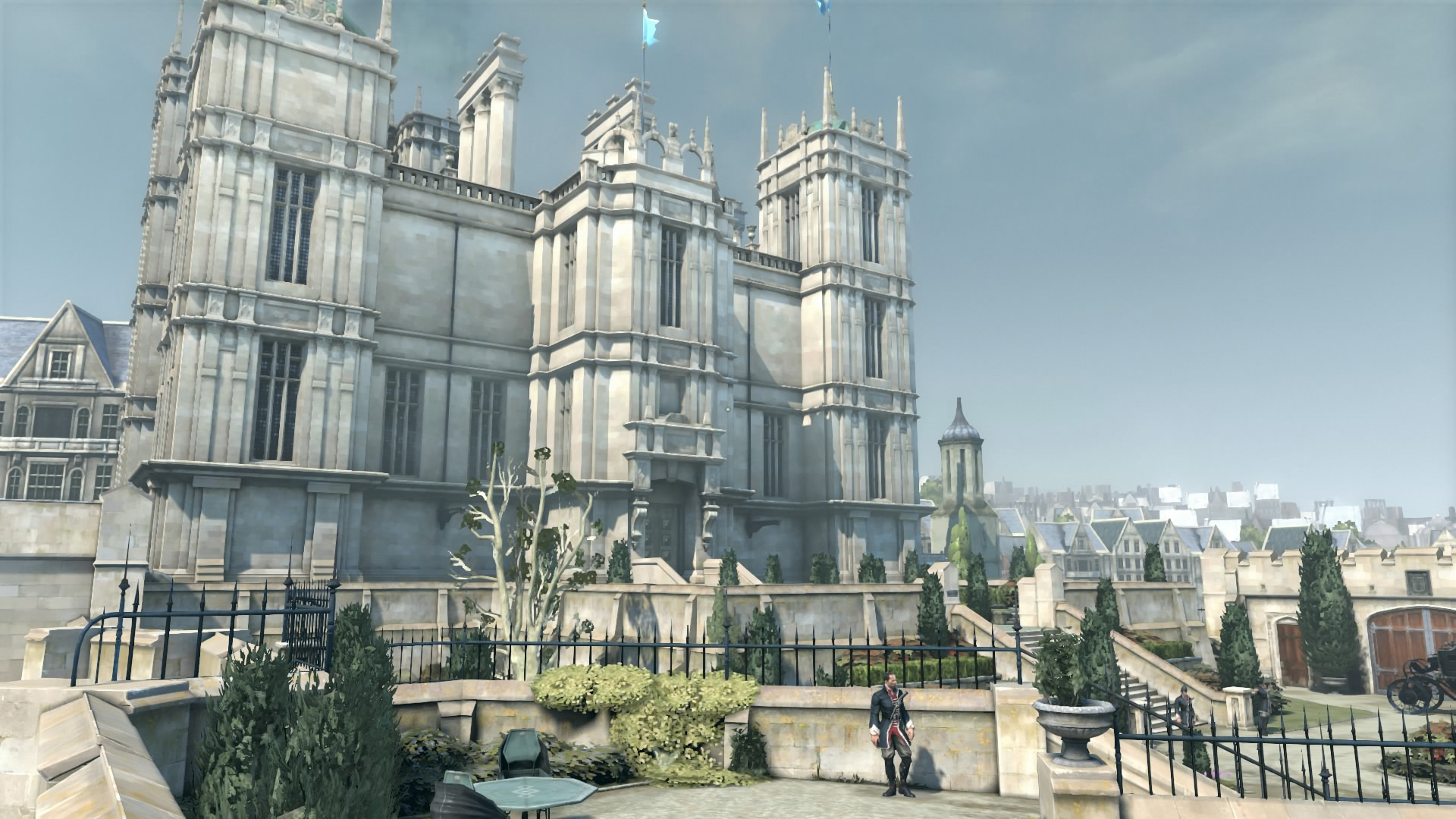
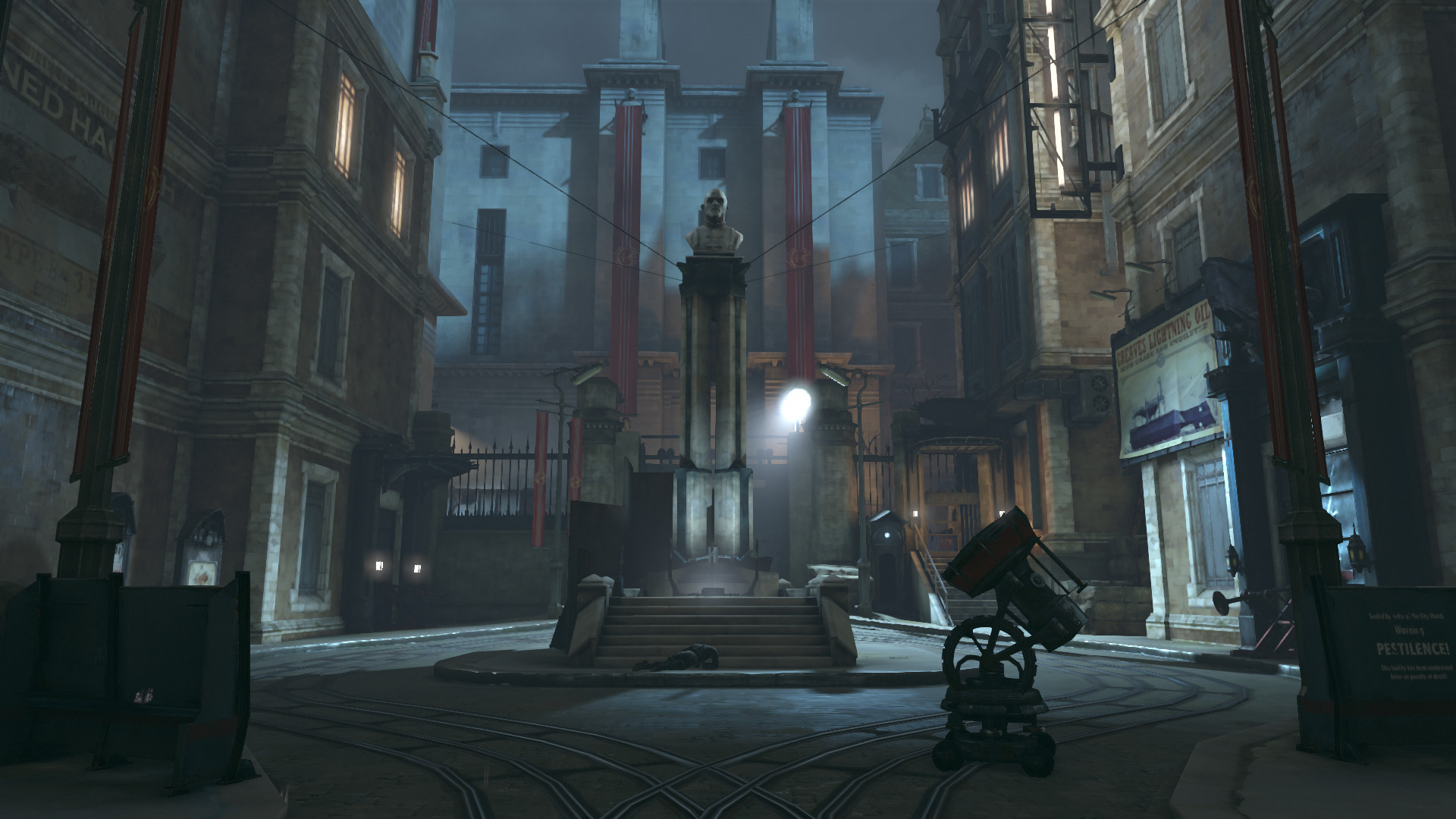
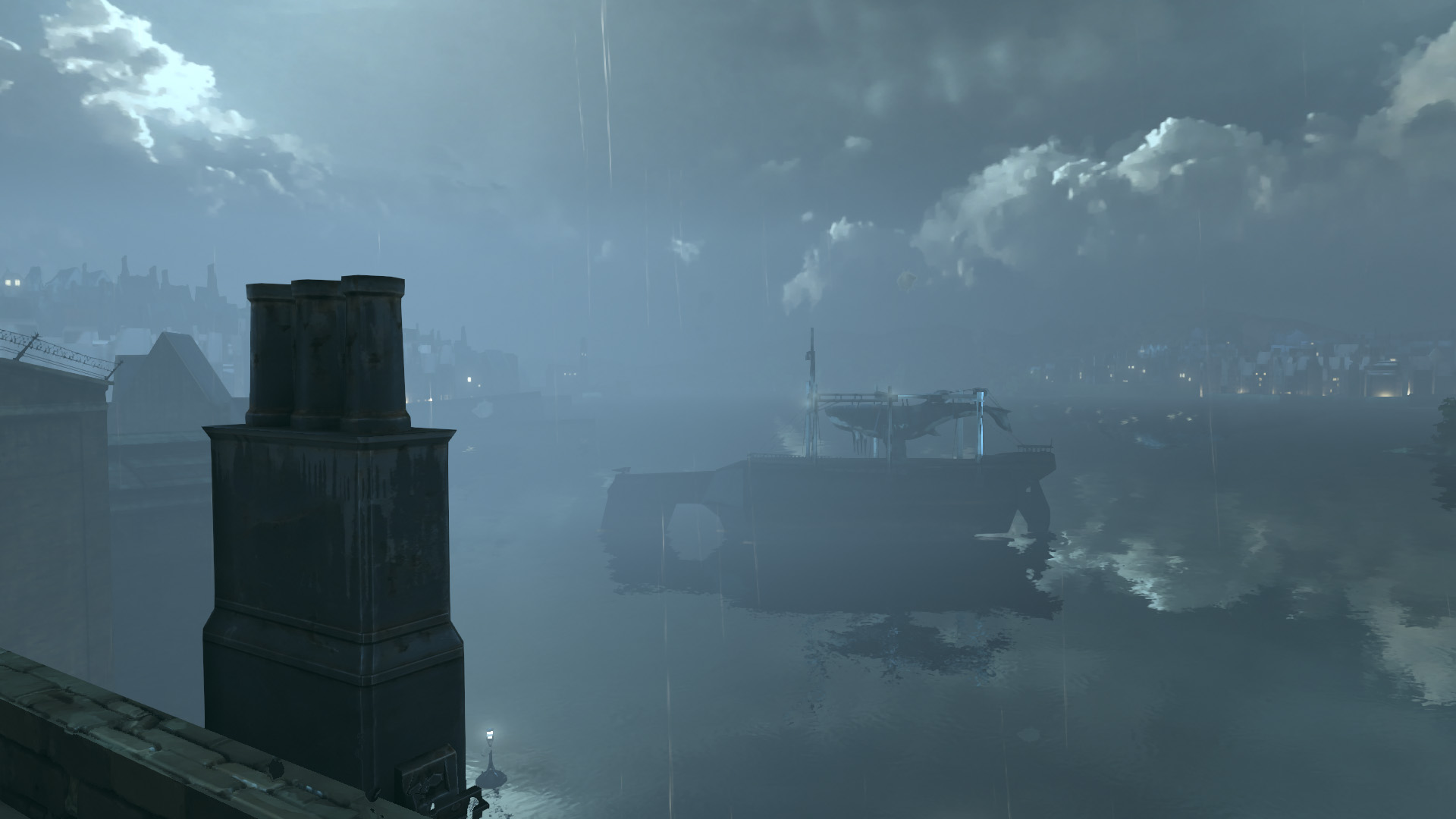





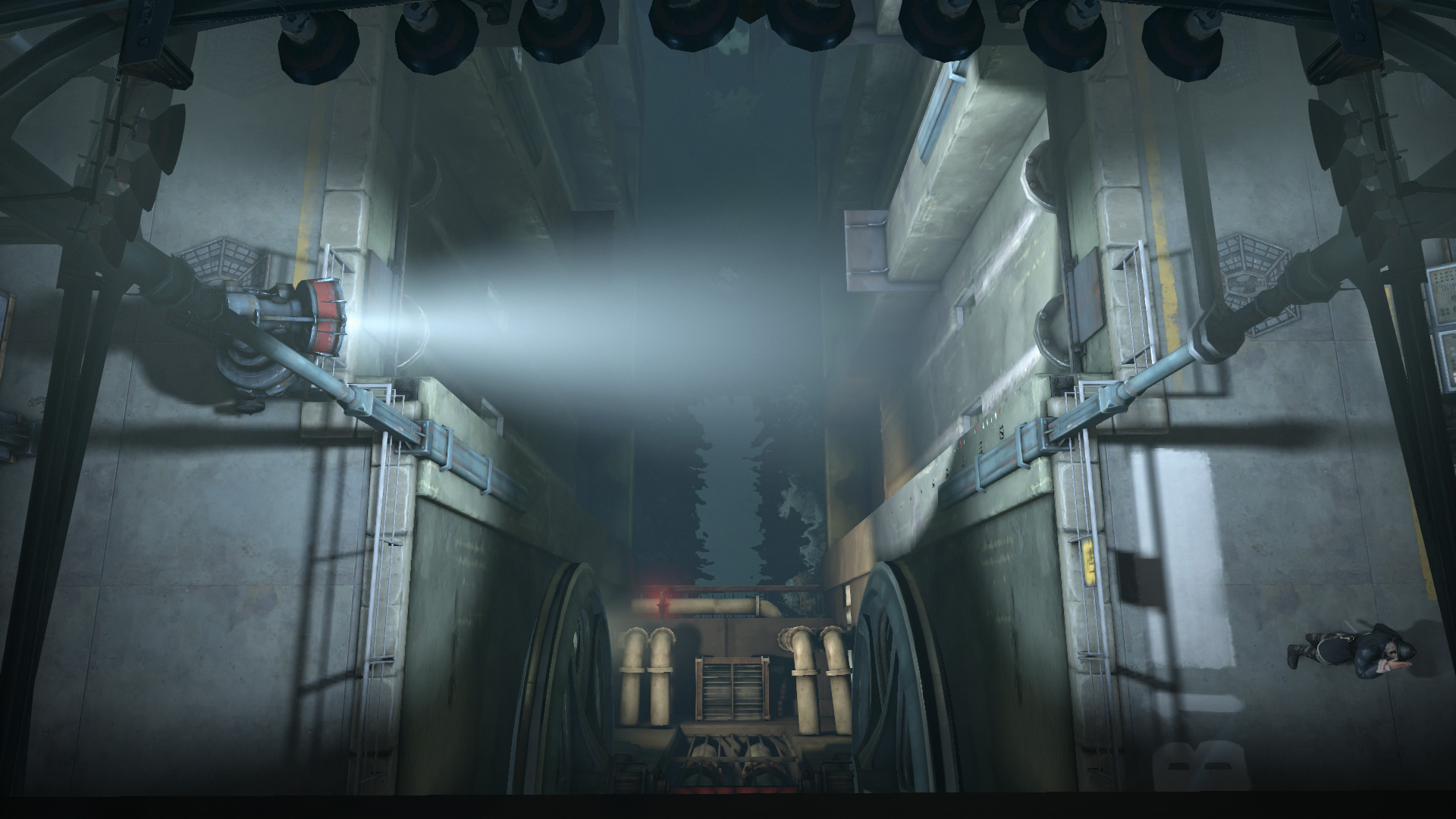
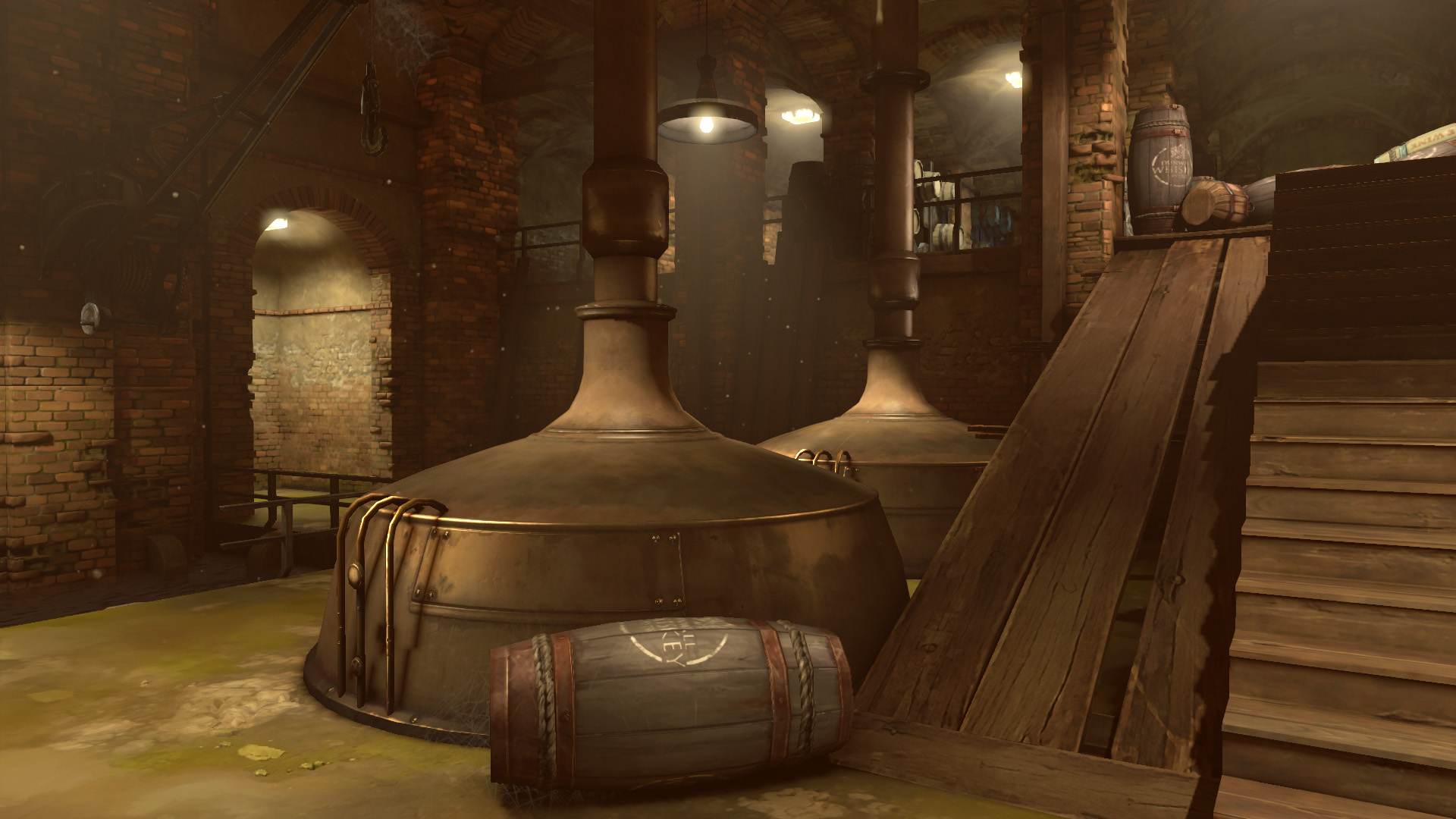
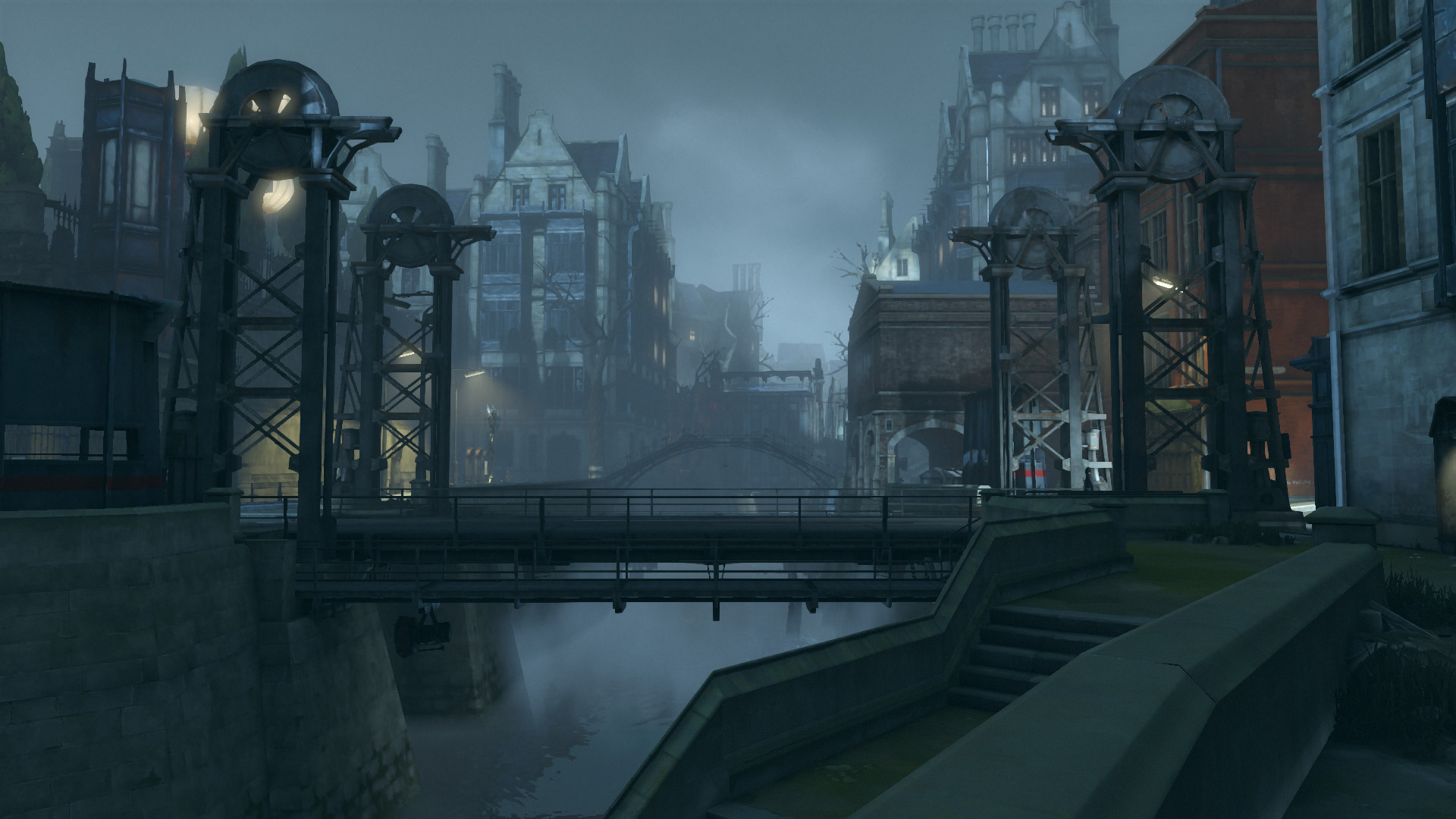
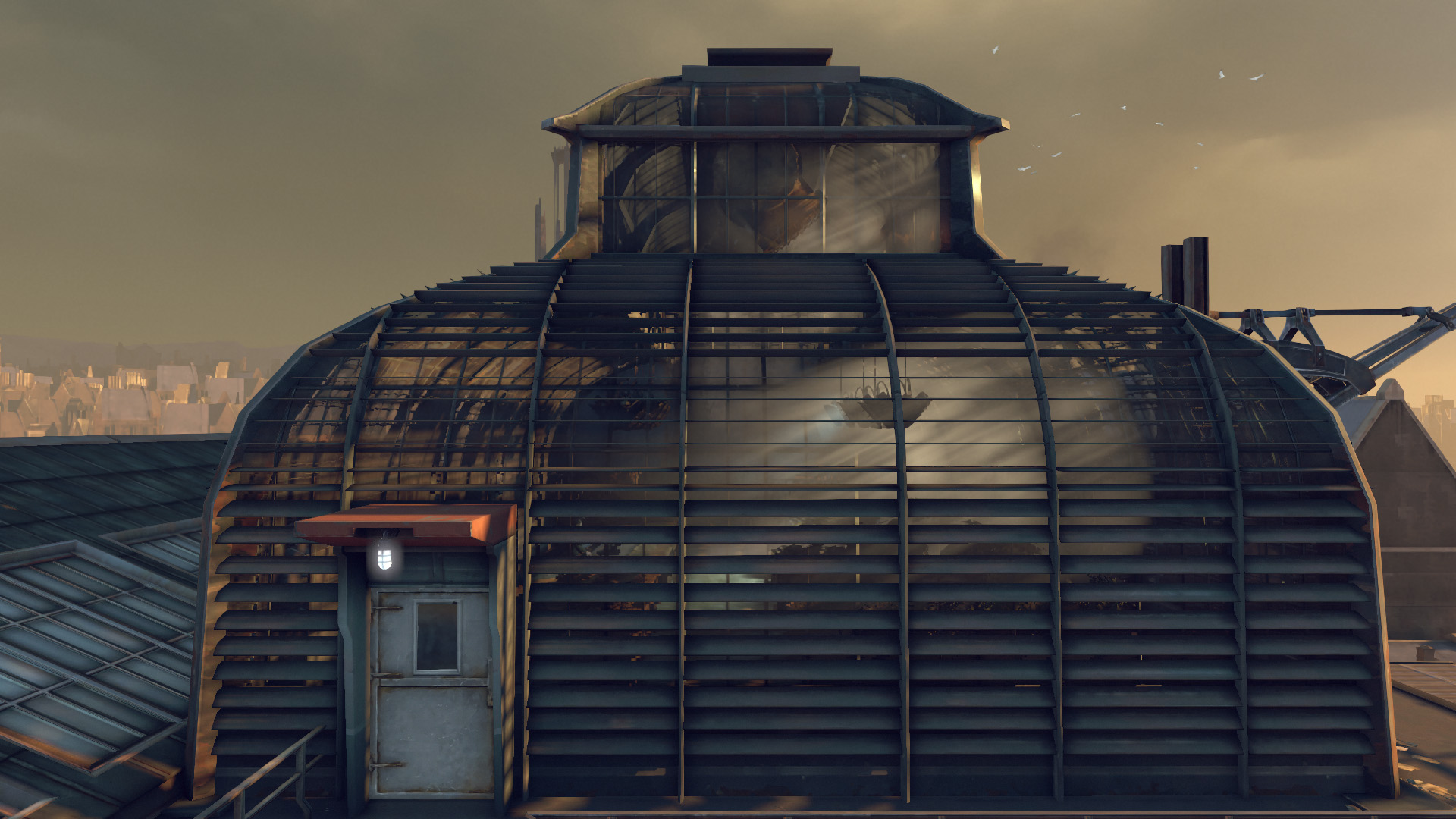
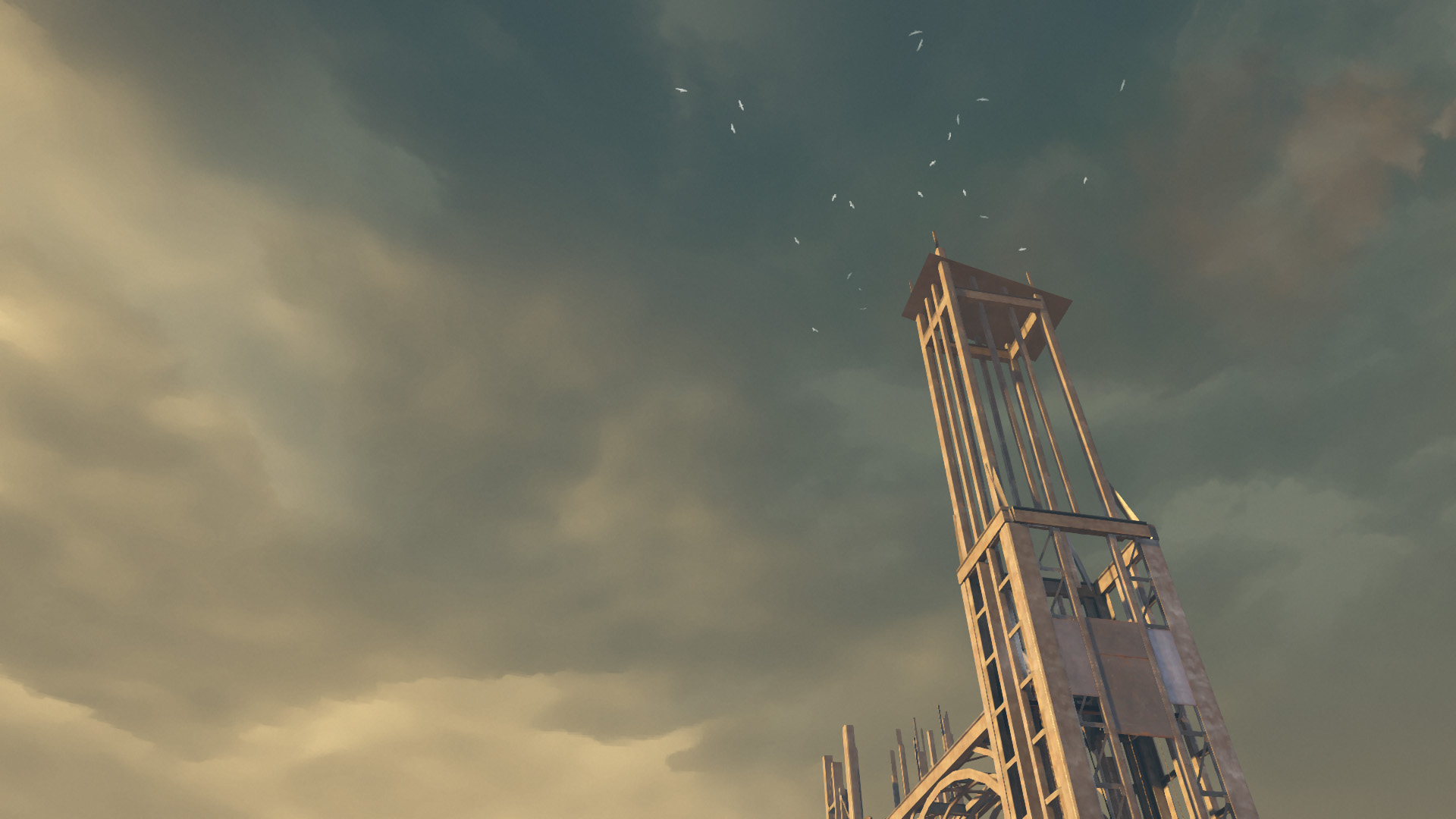
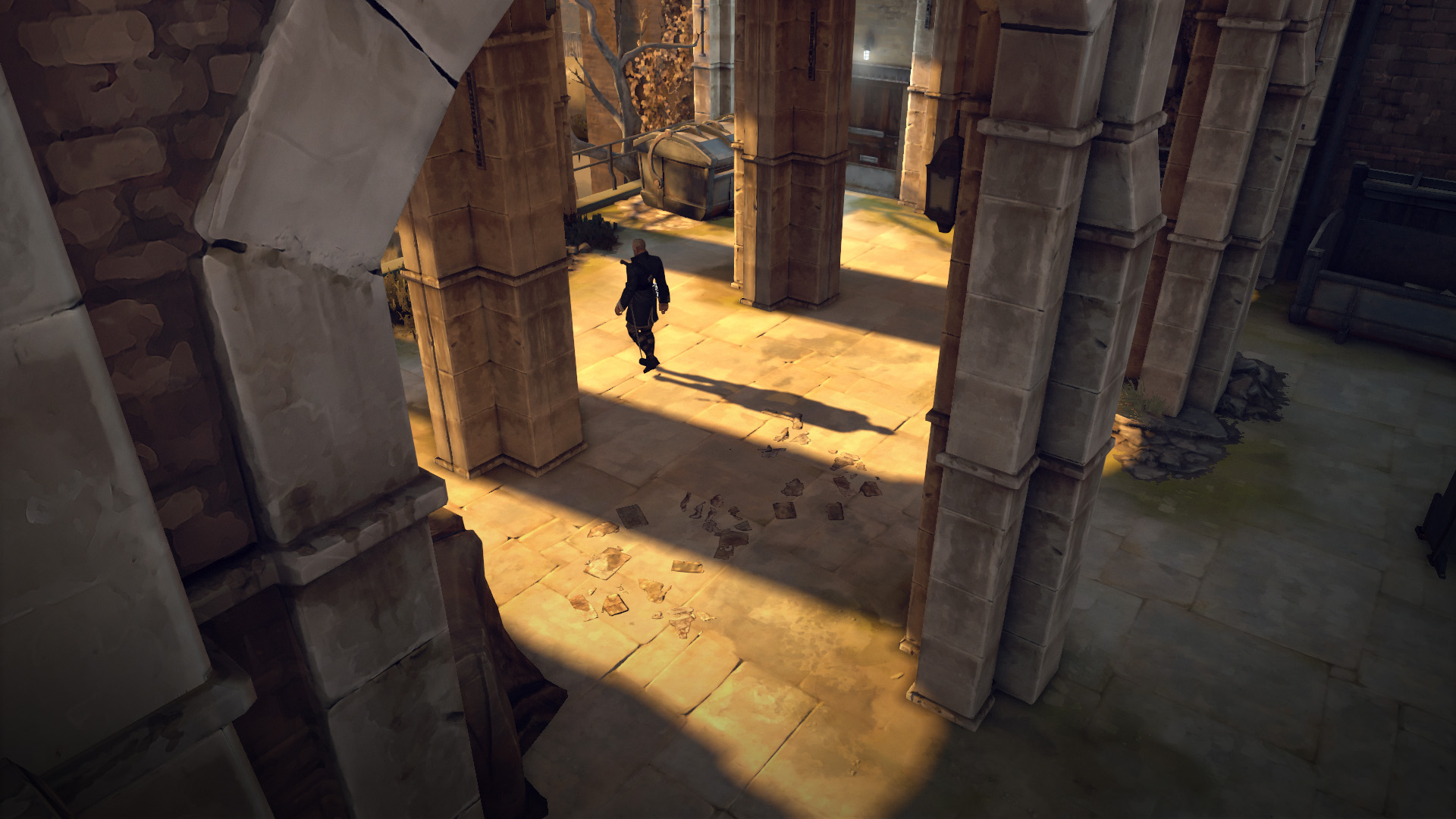
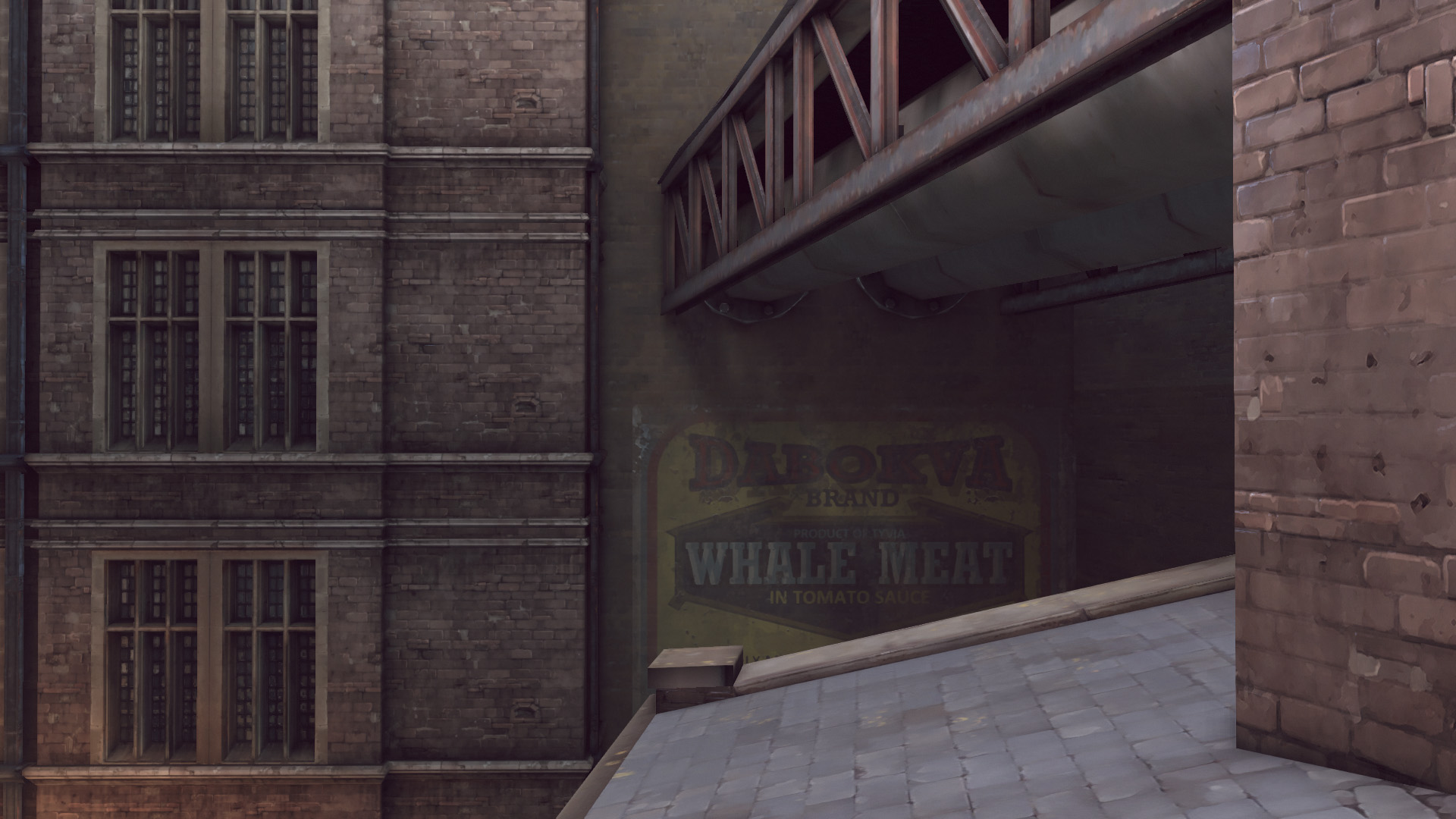
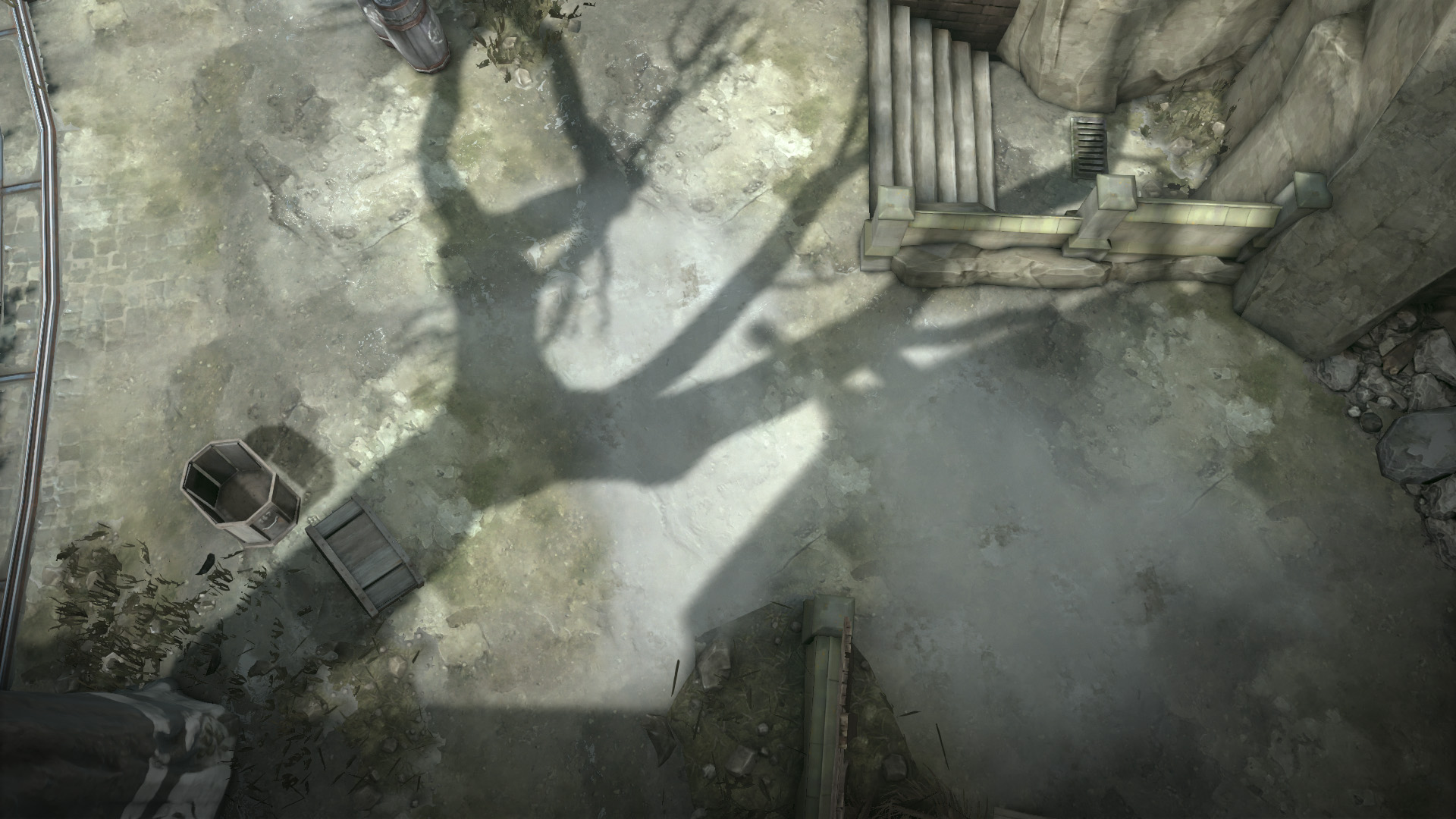

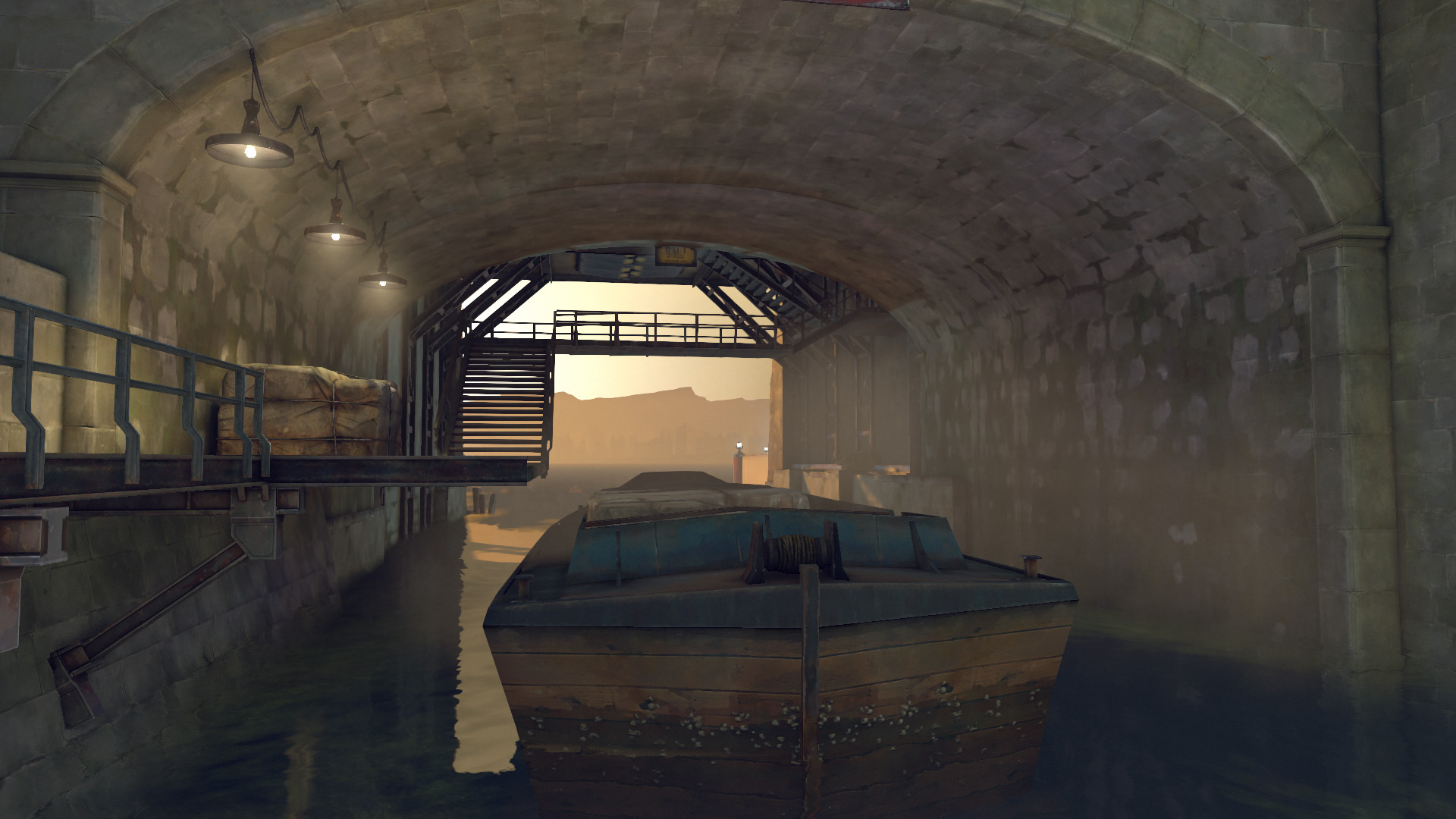
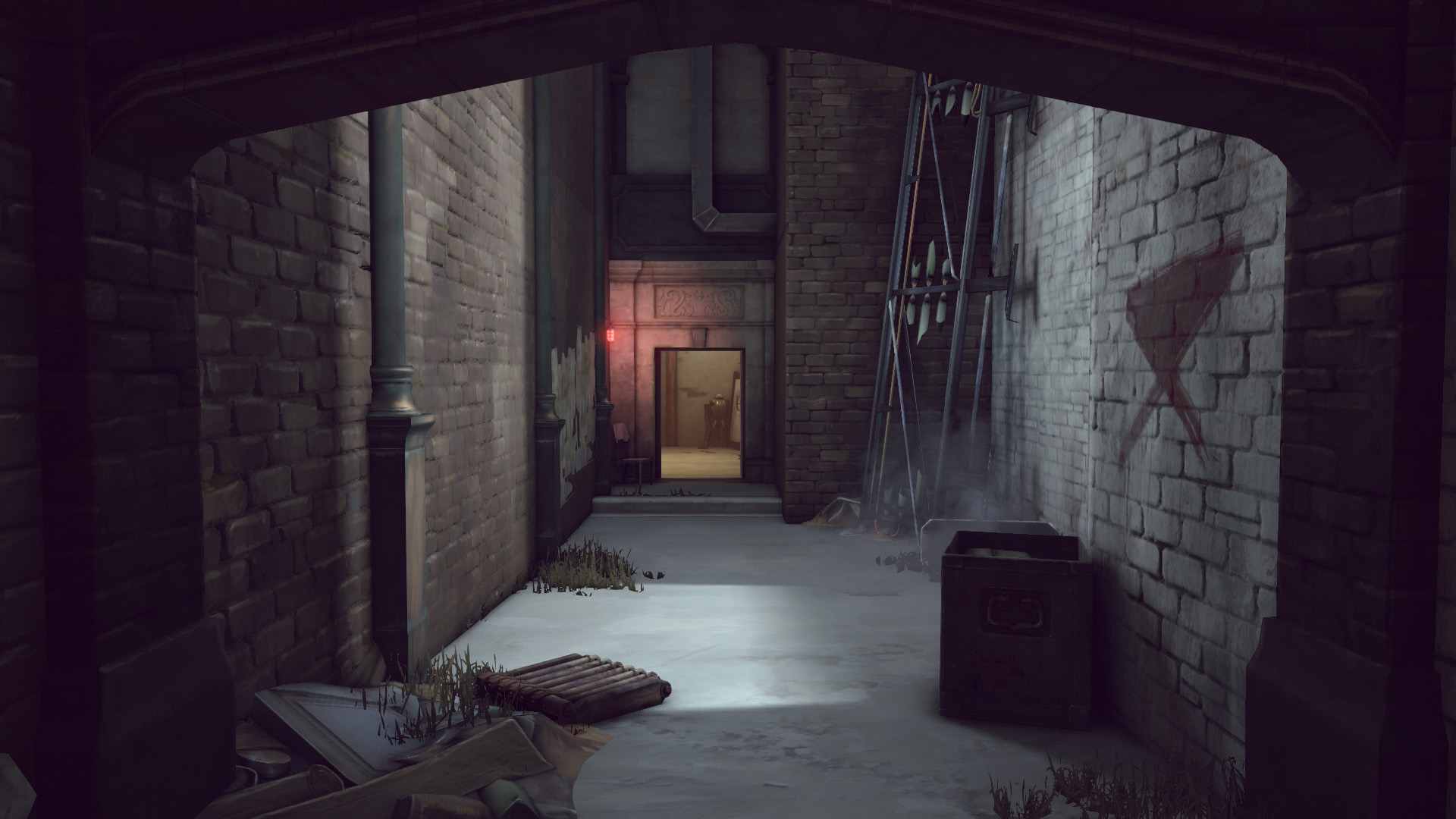

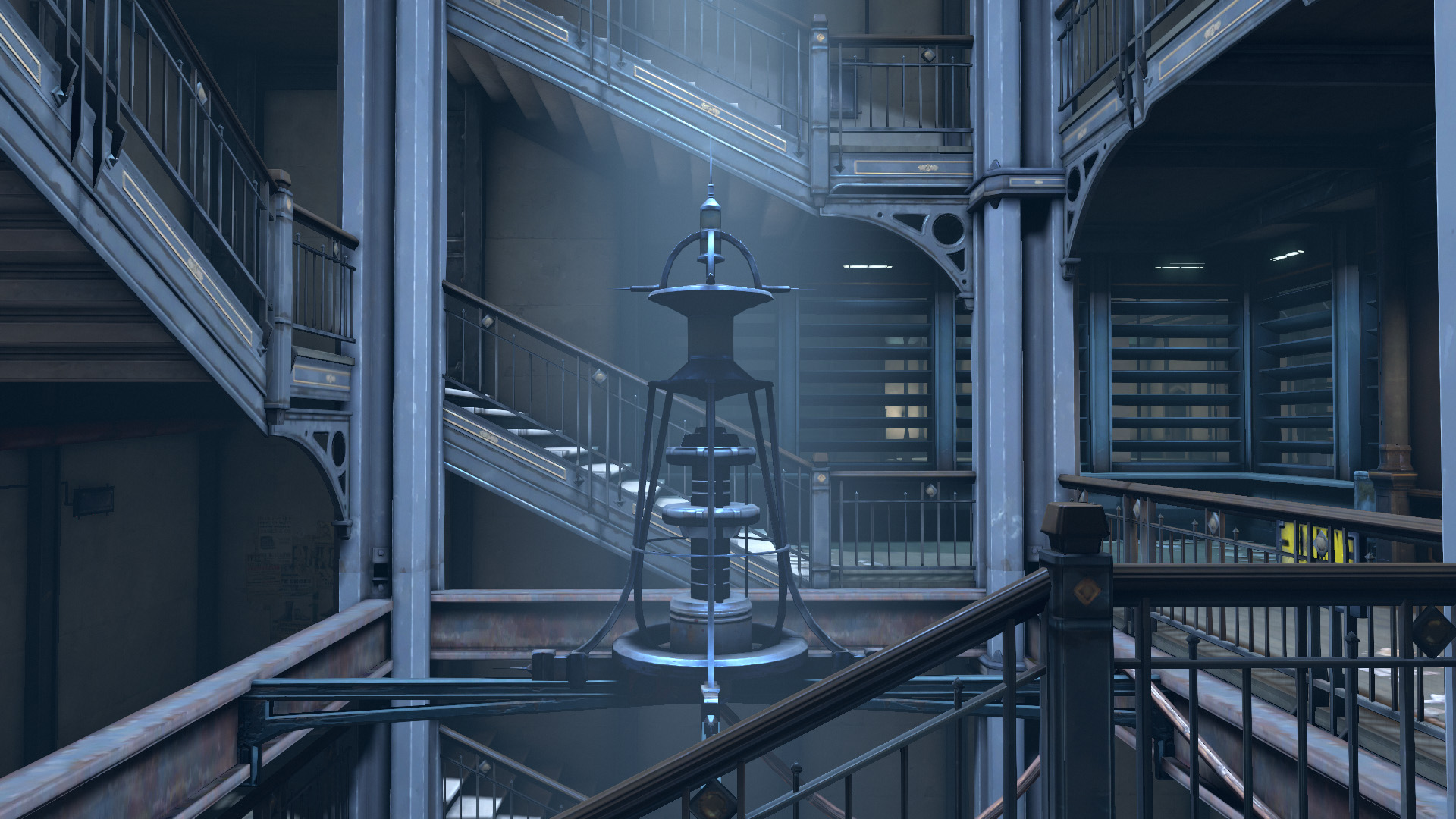
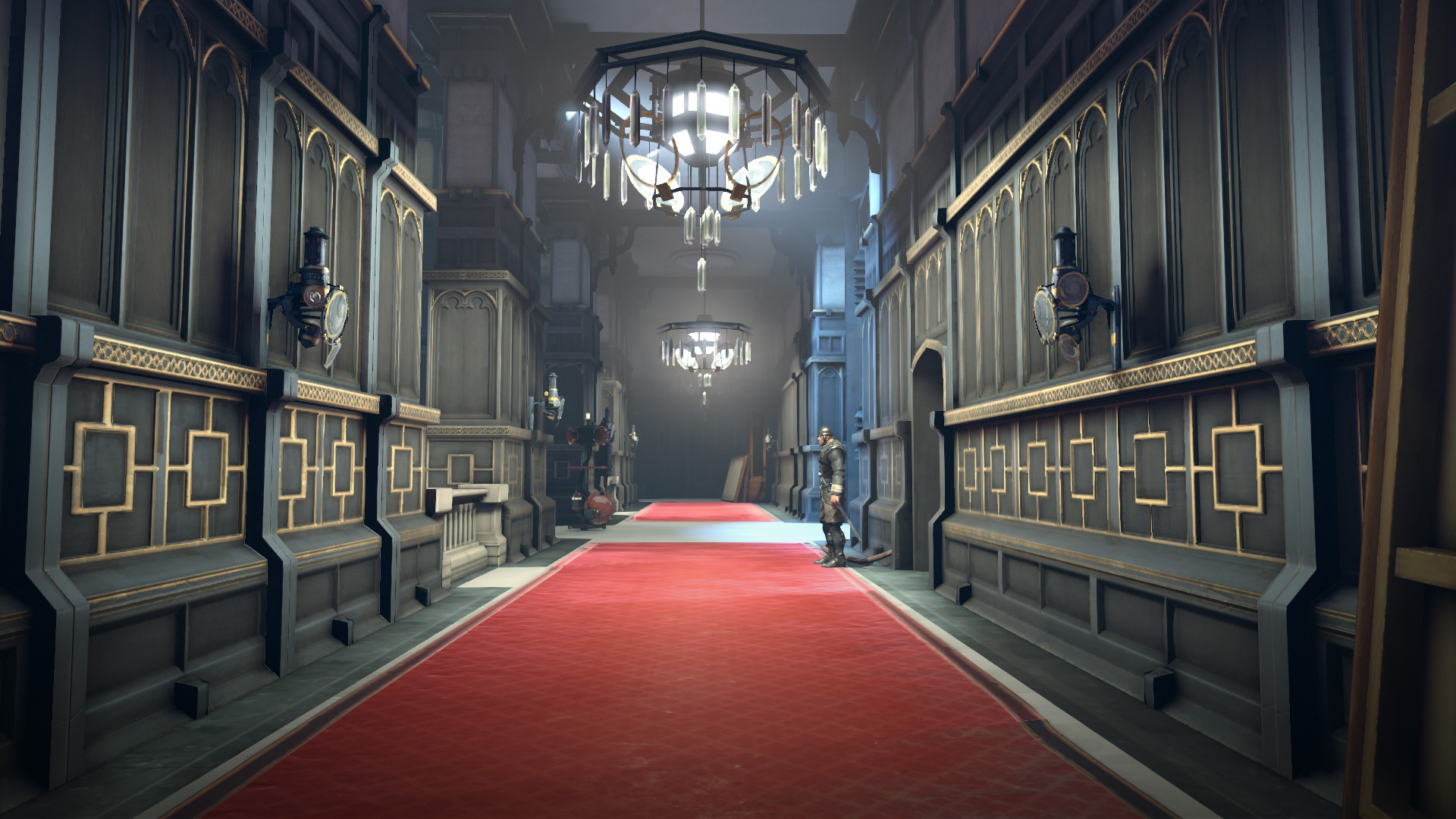
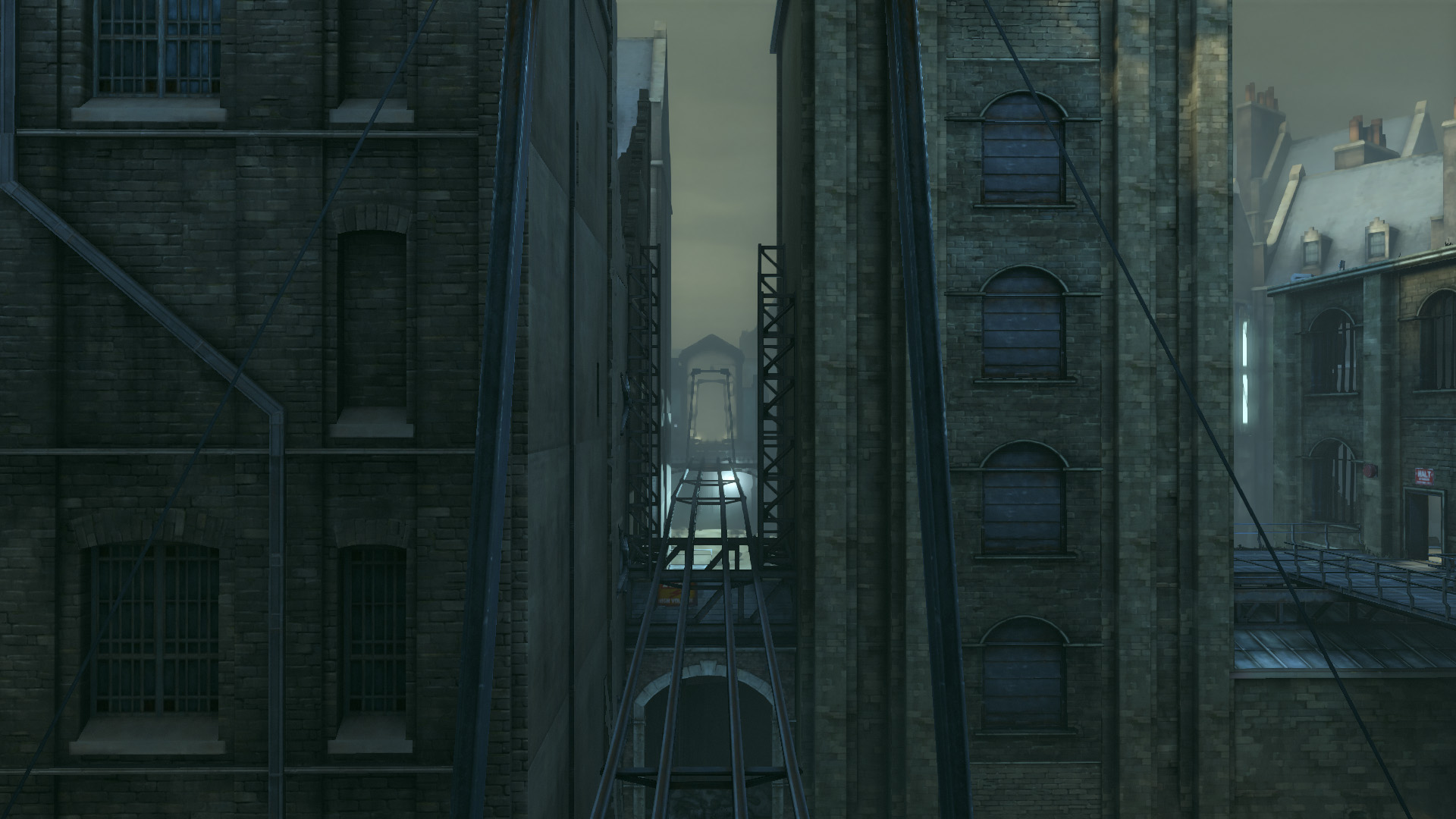
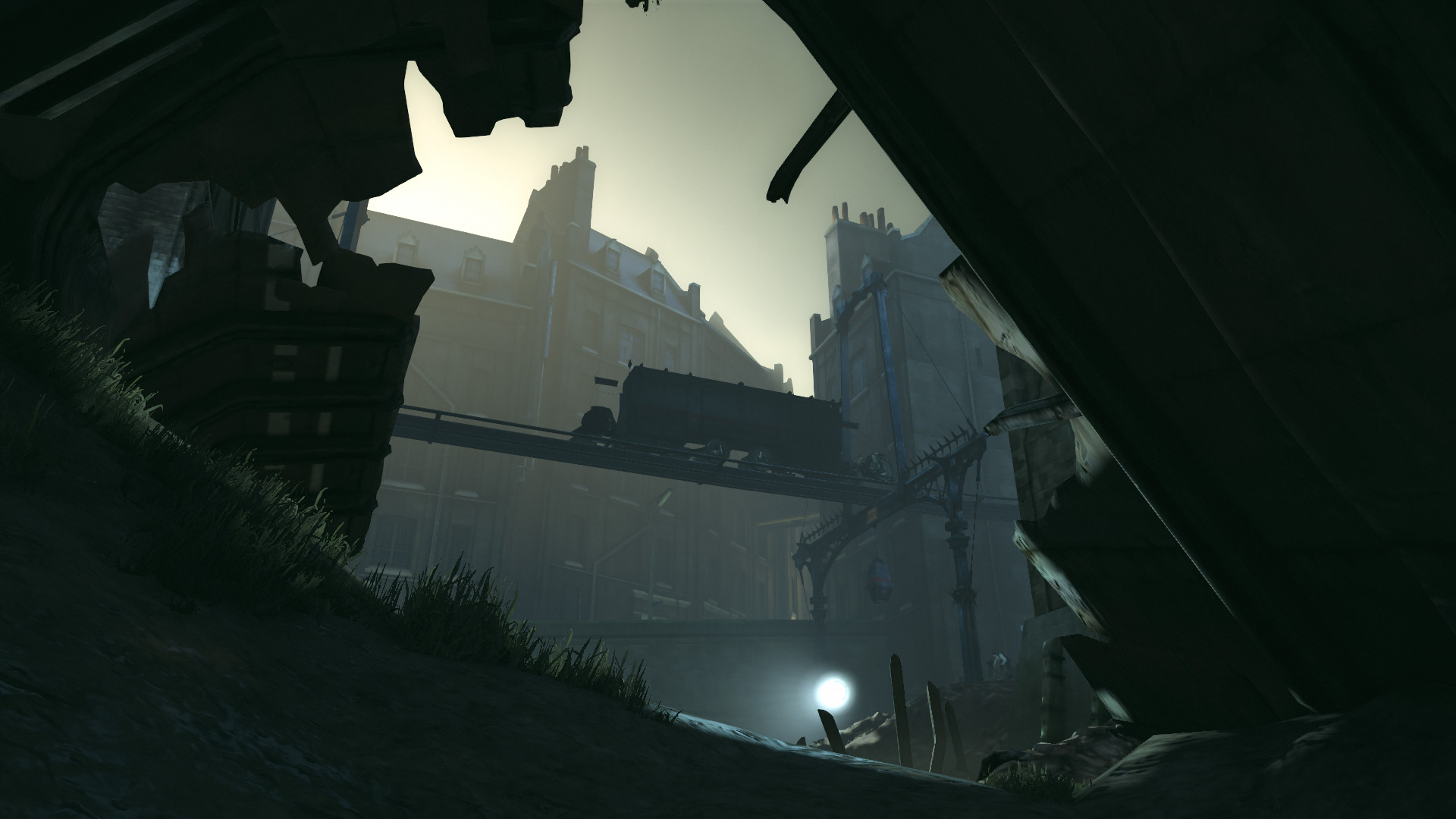
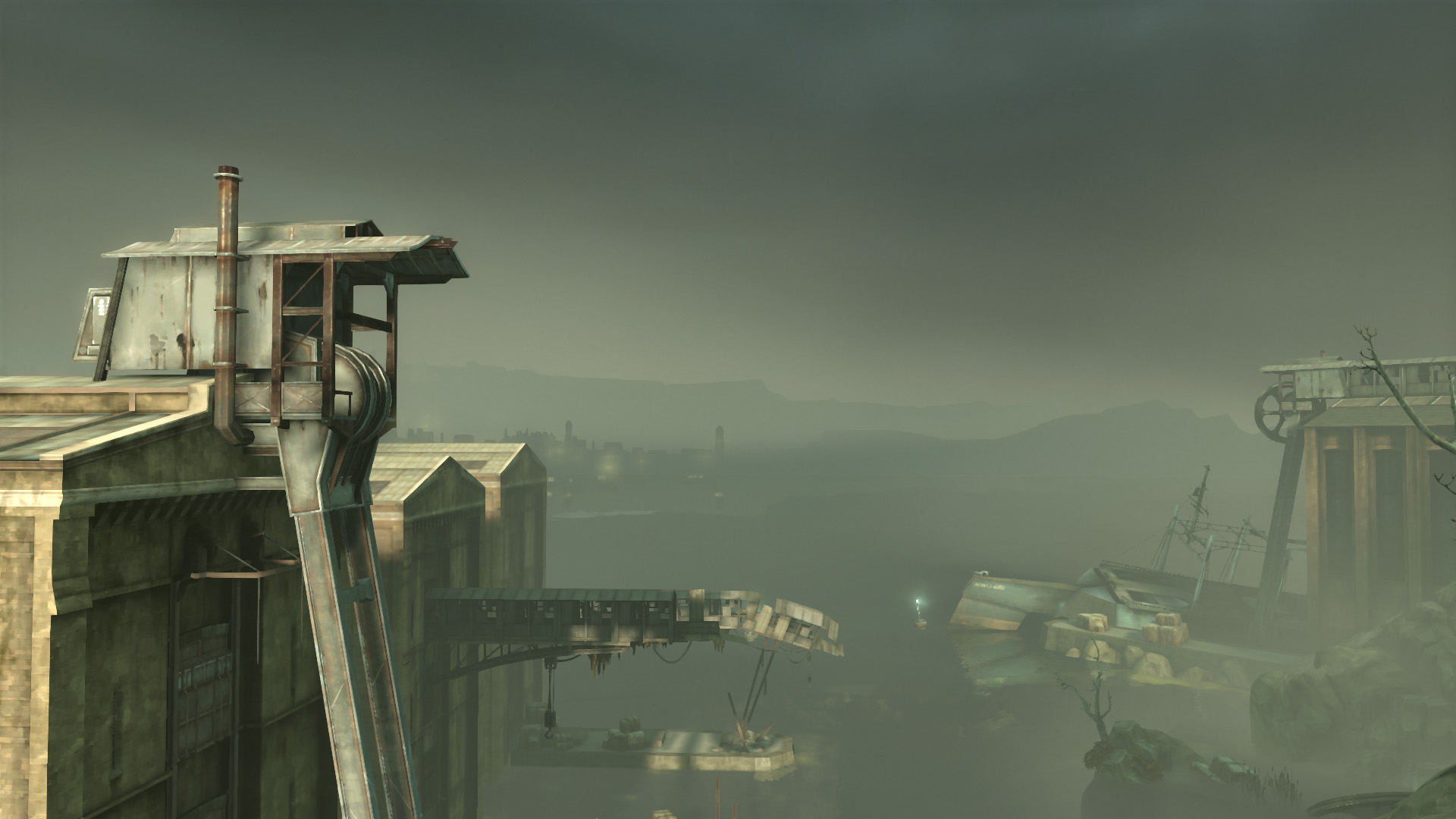

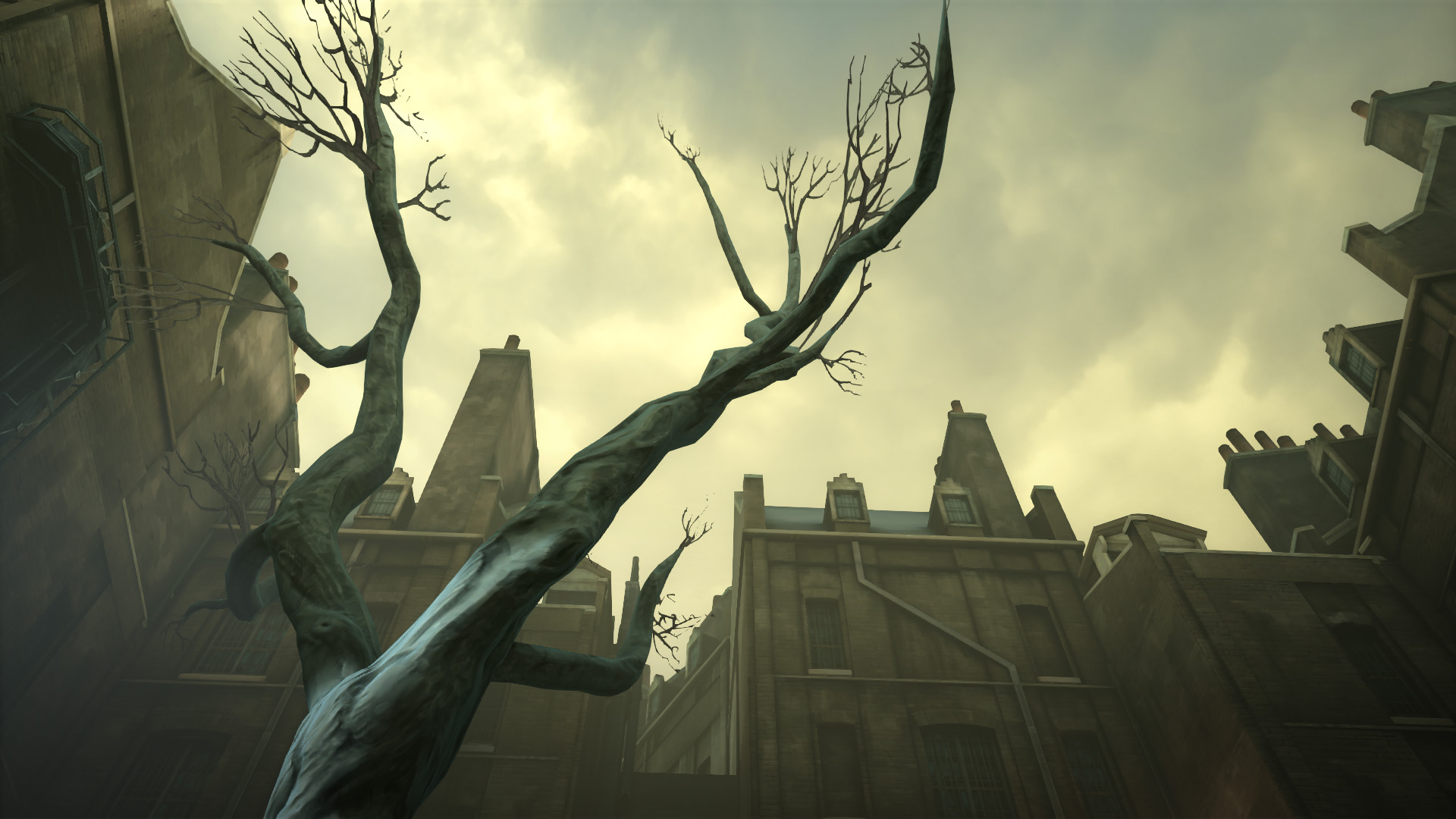
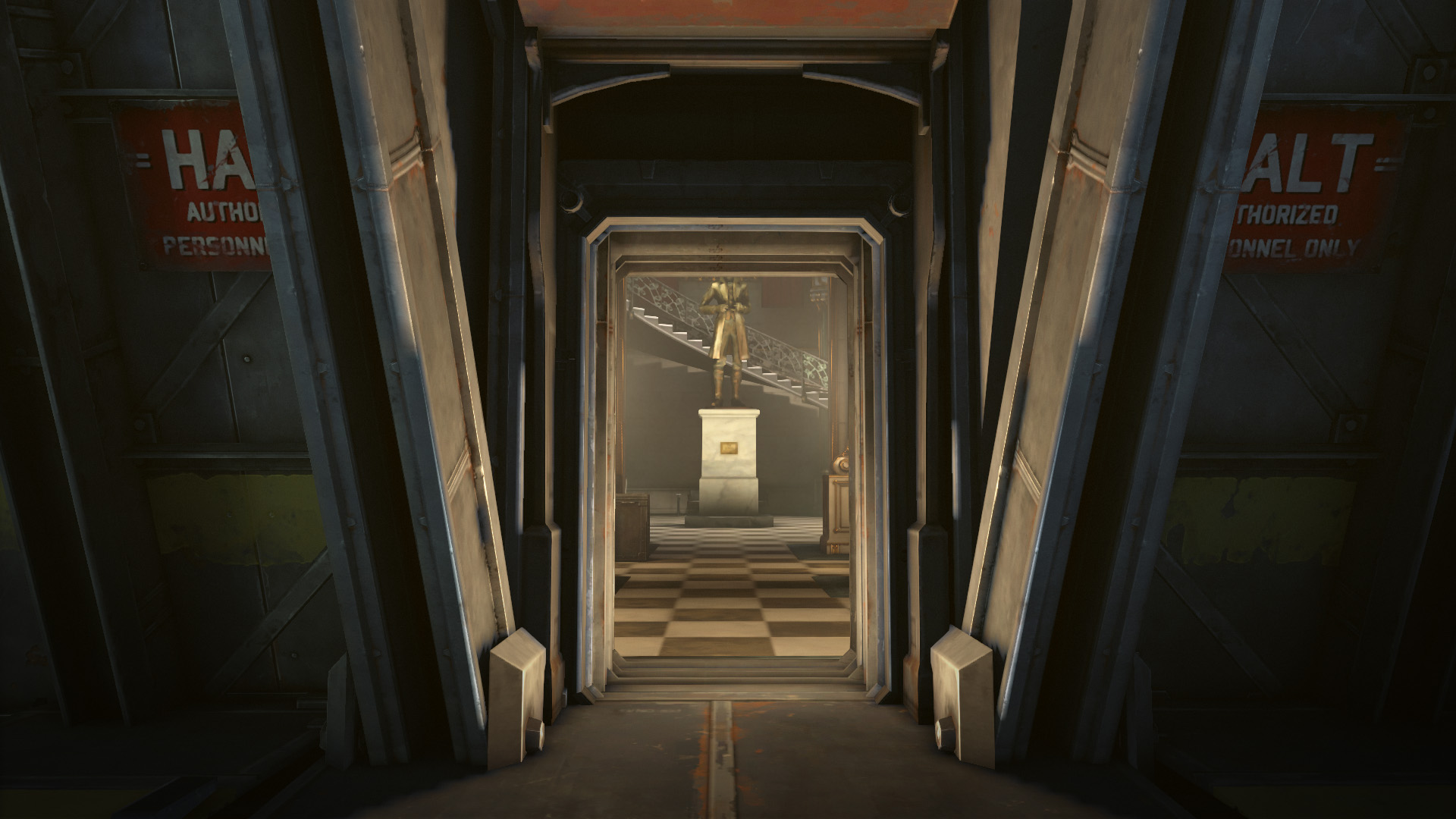
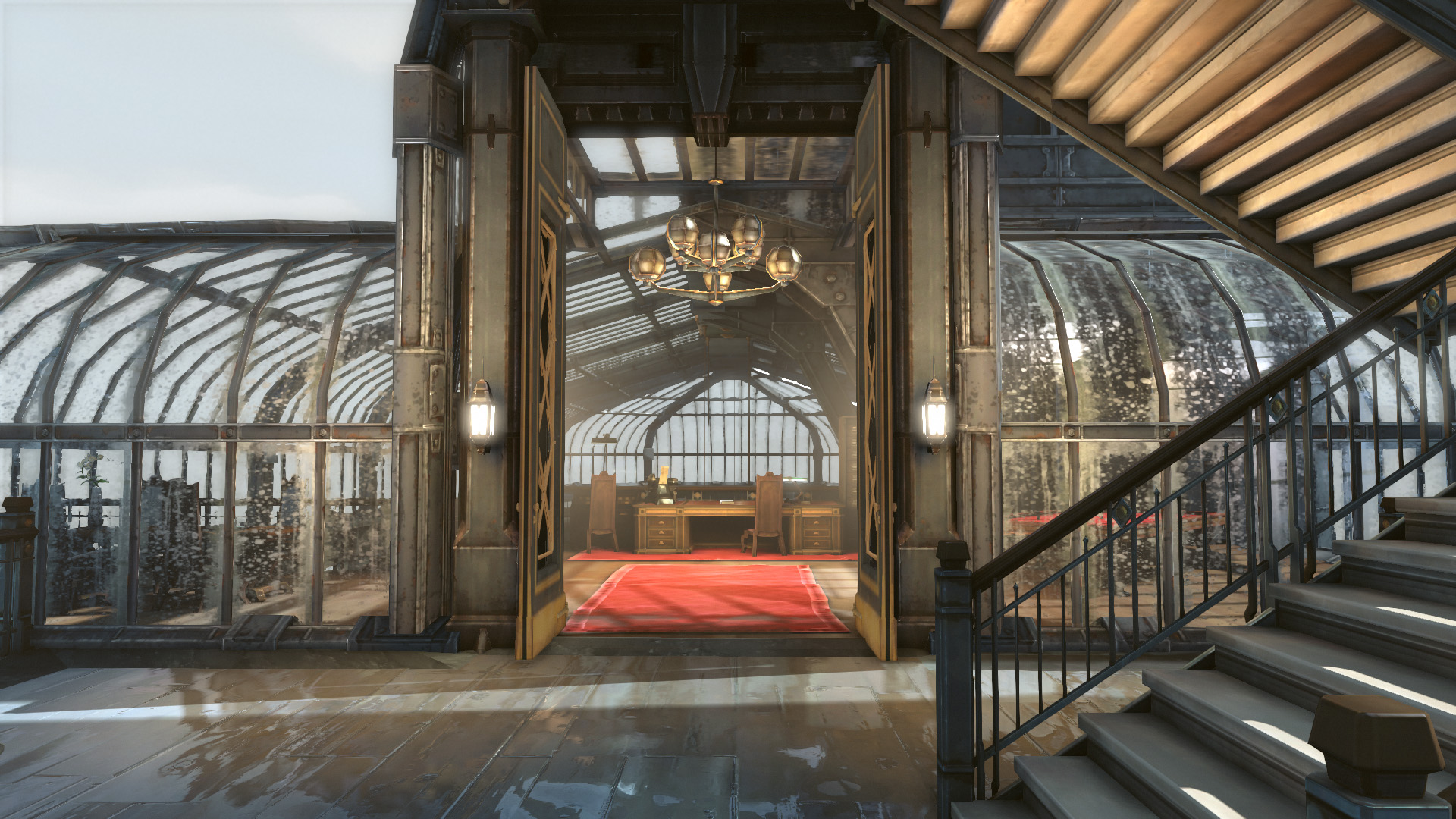
These images begin, for me, to eke out a description of Dunwall. It is a description reliant on Dunwall’s real world references, namely the cities of London and Edinburgh. Dishonored presents a kind of grim fantasy of both these places, not the utopia they aspire towards, but the dystopia their dysfunctions suggest. In my revisiting of Dunwall I found myself reminded of Thomas Pynchon’s darkly romantic description of London under siege by the blitz in Gravity’s Rainbow (1973). Dunwall seems to reflect what Pynchon called London’s “iron afternoons,” where he describes “the yellow sun being teased apart by a thousand chimneys breathing, fawning upward without shame. This smoke is more than the day’s breath, more than dark strength—it is an imperial presence that lives and moves.” And as I picked my way through the carefully designed corridors I was reminded of the opening description of Gravity’s Rainbow and its shattered, decaying London:
“No, this is not a disentanglement from, but a progressive knotting into—they go in under archways, secret entrances of rotted concrete that only looked like loops of an underpass . . . certain trestles of blackened wood have moved slowly by overhead, and the smells begun of coal from days far to the past, smells of naphtha winters, of Sundays when no traffic came through, of the coral-like and mysteriously vital growth, around the blind curves and out the lonely spurs, a sour smell of rolling-stock absence, of maturing rust, developing through those emptying days brilliant and deep, especially at dawn, with blue shadows to seal its passage, to try to bring events to Absolute Zero . . . and it is poorer the deeper they go . . . ruinous secret cities of poor, places whose names he has never heard . . . the walls break down, the roofs get fewer and so do the chances for light. The road, which ought to be opening out into a broader highway, instead has been getting narrower, more broken, cornering tighter and tighter until all at once, much too soon, they are under the final arch brakes grab and spring terribly. It is a judgement from which there is no appeal.”
This passage evokes the process of becoming “knotted into” Dunwall, of discovering each layer of its stained and broken form. The above is not so much an accurate picture of London as it is a fever dream, a collection of textures and atmospheres aligned to suggest some kind of terrifying whole. Like Pynchon, with Dishonored Arkane sketched their own fever dream of London, their own set of textures and atmospheres that both reflected that great city and abstracted a series of images from it.
I found people too, among all this decay, often warming their hands by the fire, or smoking cigarettes to warm their arching bones. Not many, not even enough to fill the modest streets on offer, but people all the same. In fact, in their minority they seem more particular than the thronging crowds that often populate virtual cities, more linked to the streets they wander. Their clothes, their hands, their faces seem to carry the same sense of layering, the same distortions of time in their cracked and sullied forms. It’s a powerful trick, to make these depthless virtual characters appear to be weather-worn, aged, and it’s one that much of Dishonored‘s lasting power hangs on.
In capturing their portraits it was this worn quality, along with their symbiotic link to those decaying streets, that I wanted to show. They are a ragged selection; some dead some dying, but each one seems, in their own way, to reflect some aspect of Dunwall, from its grimy shores to its lavish heights.



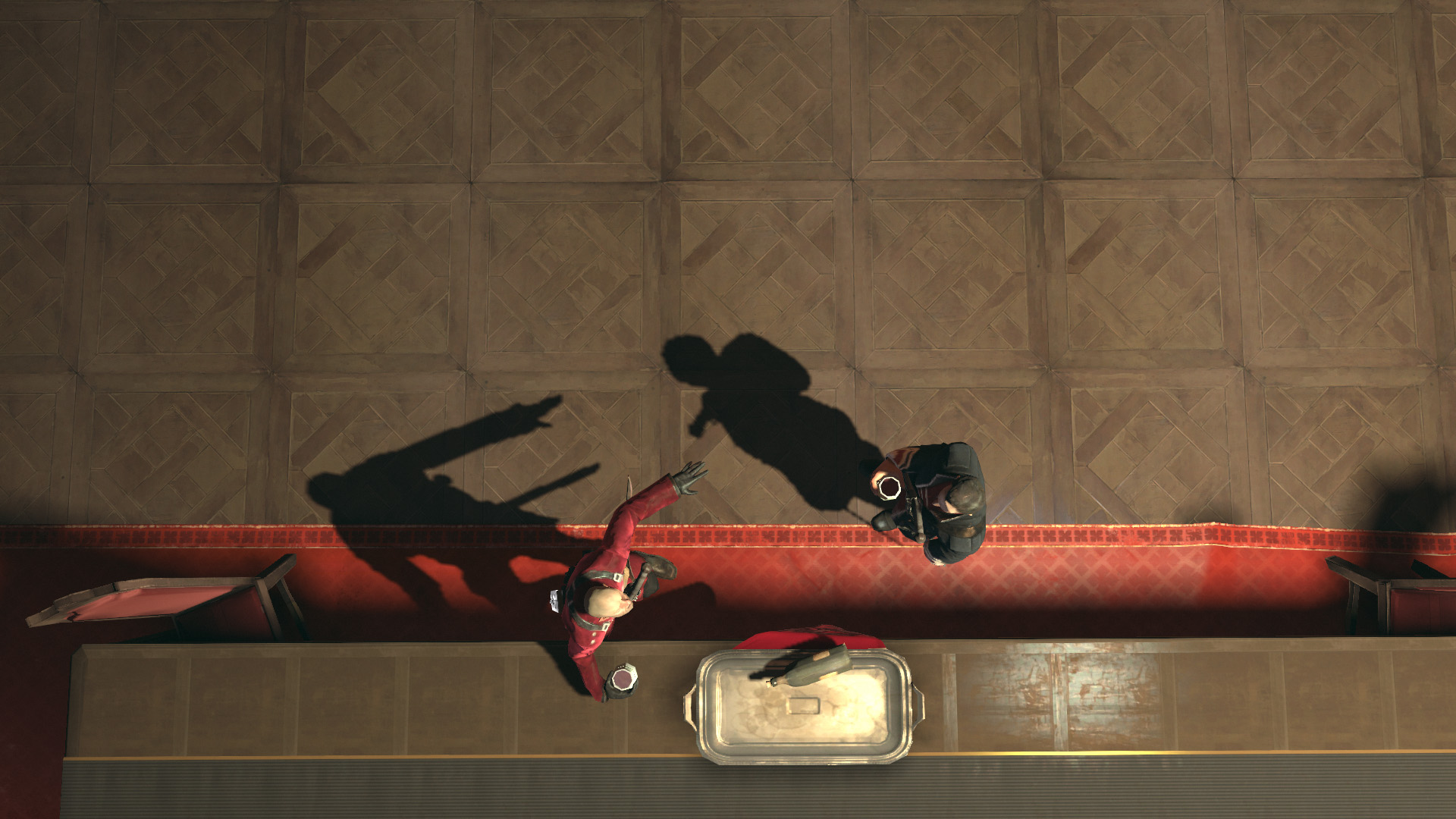
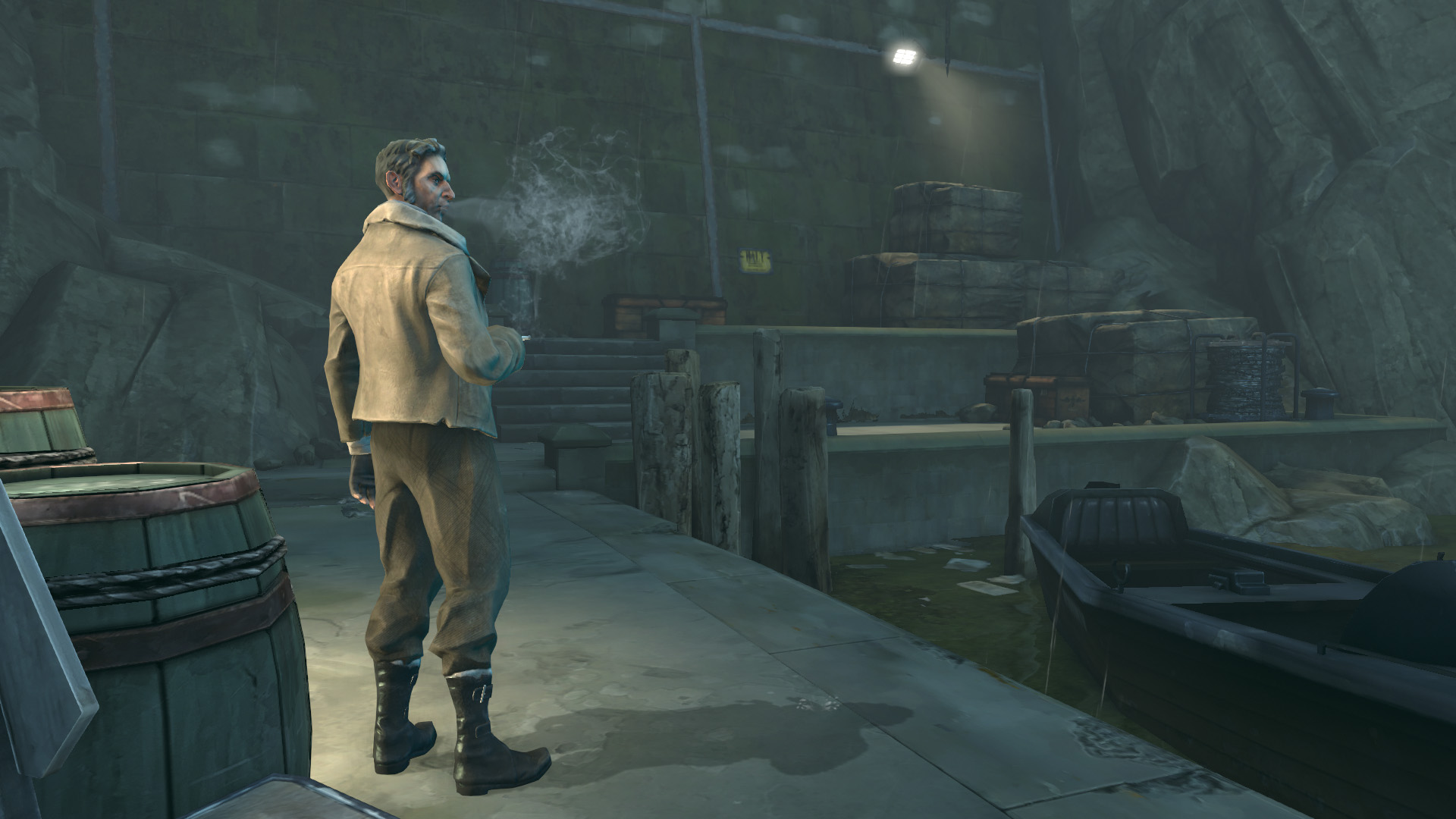
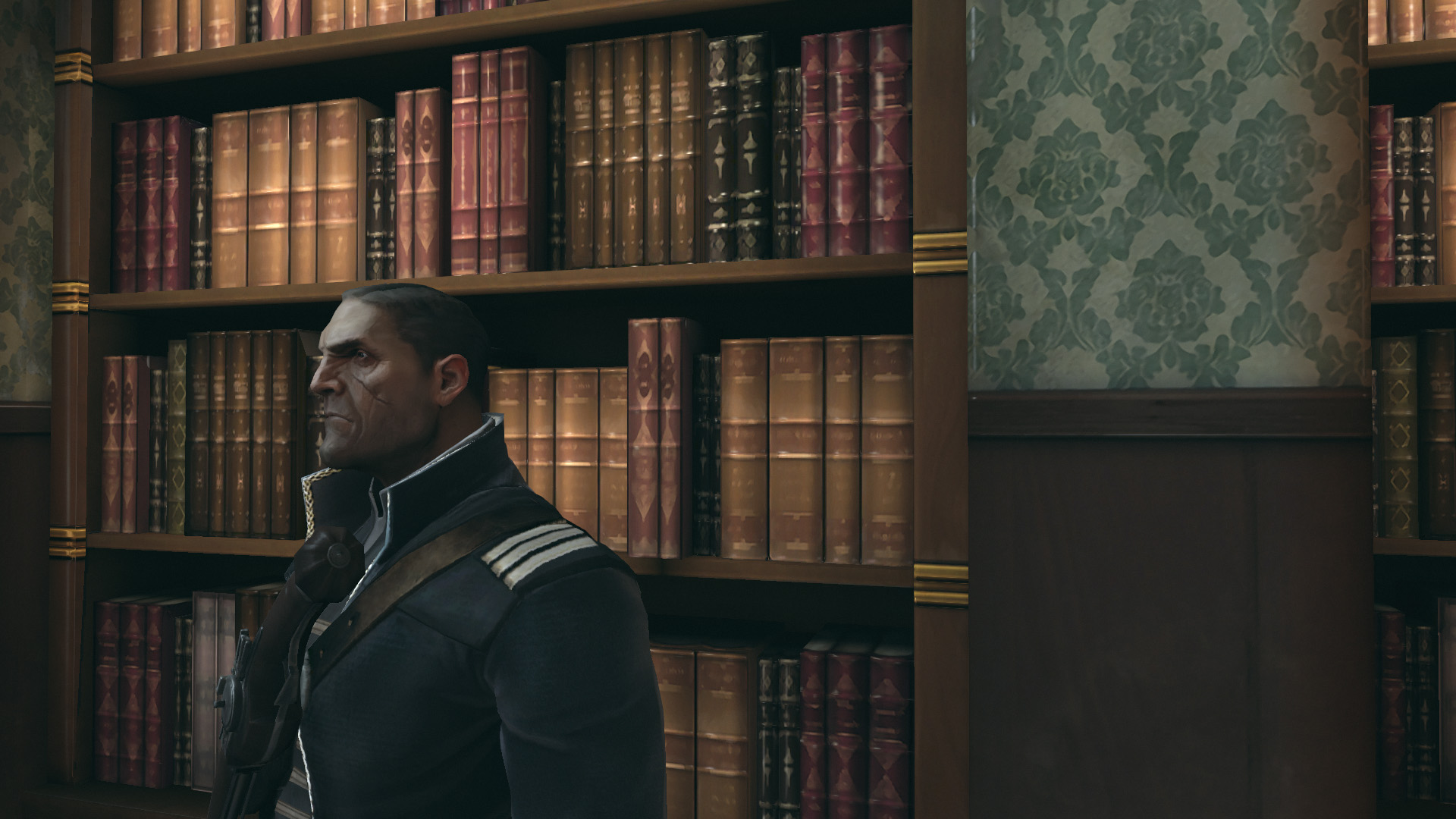

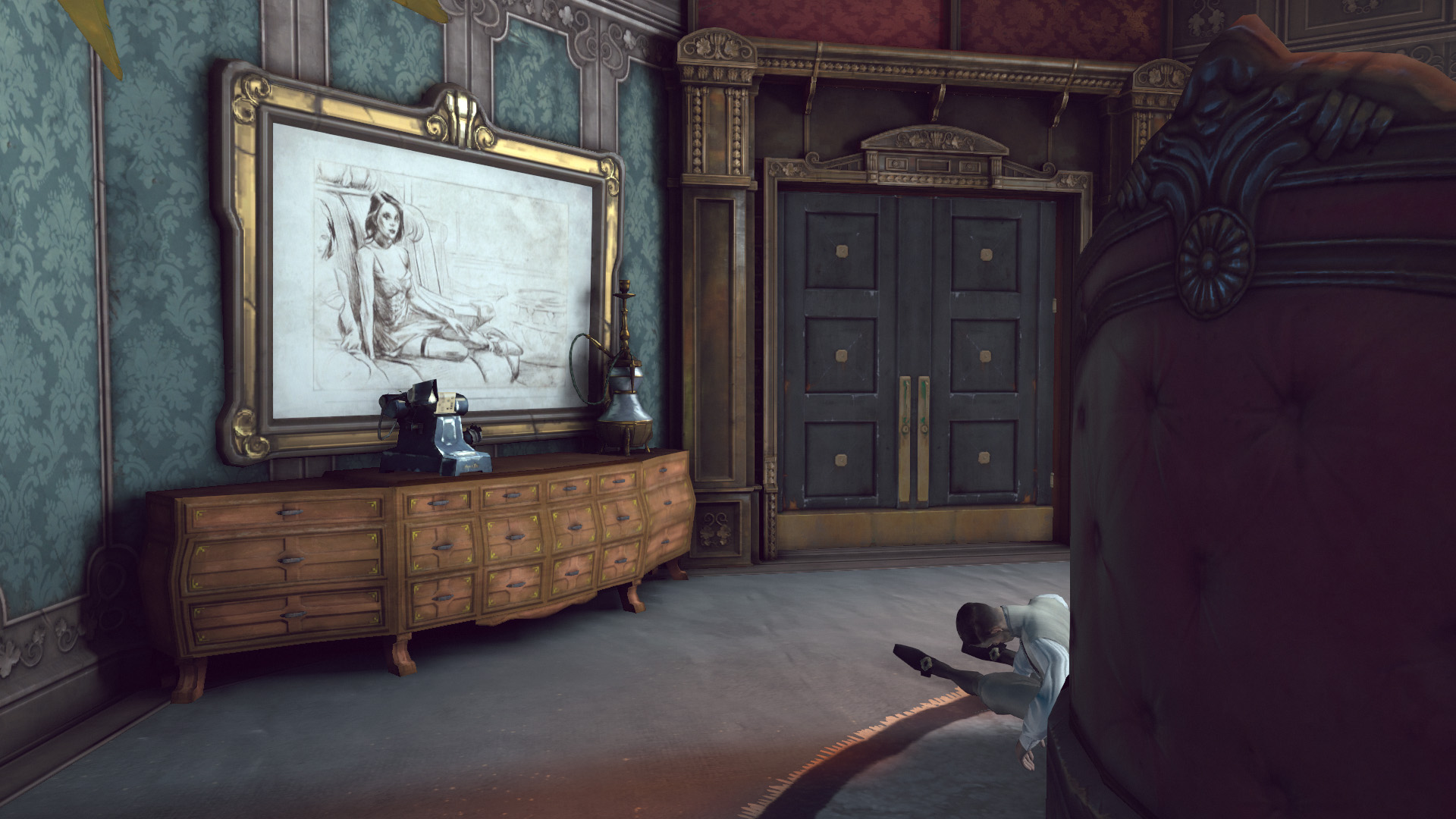
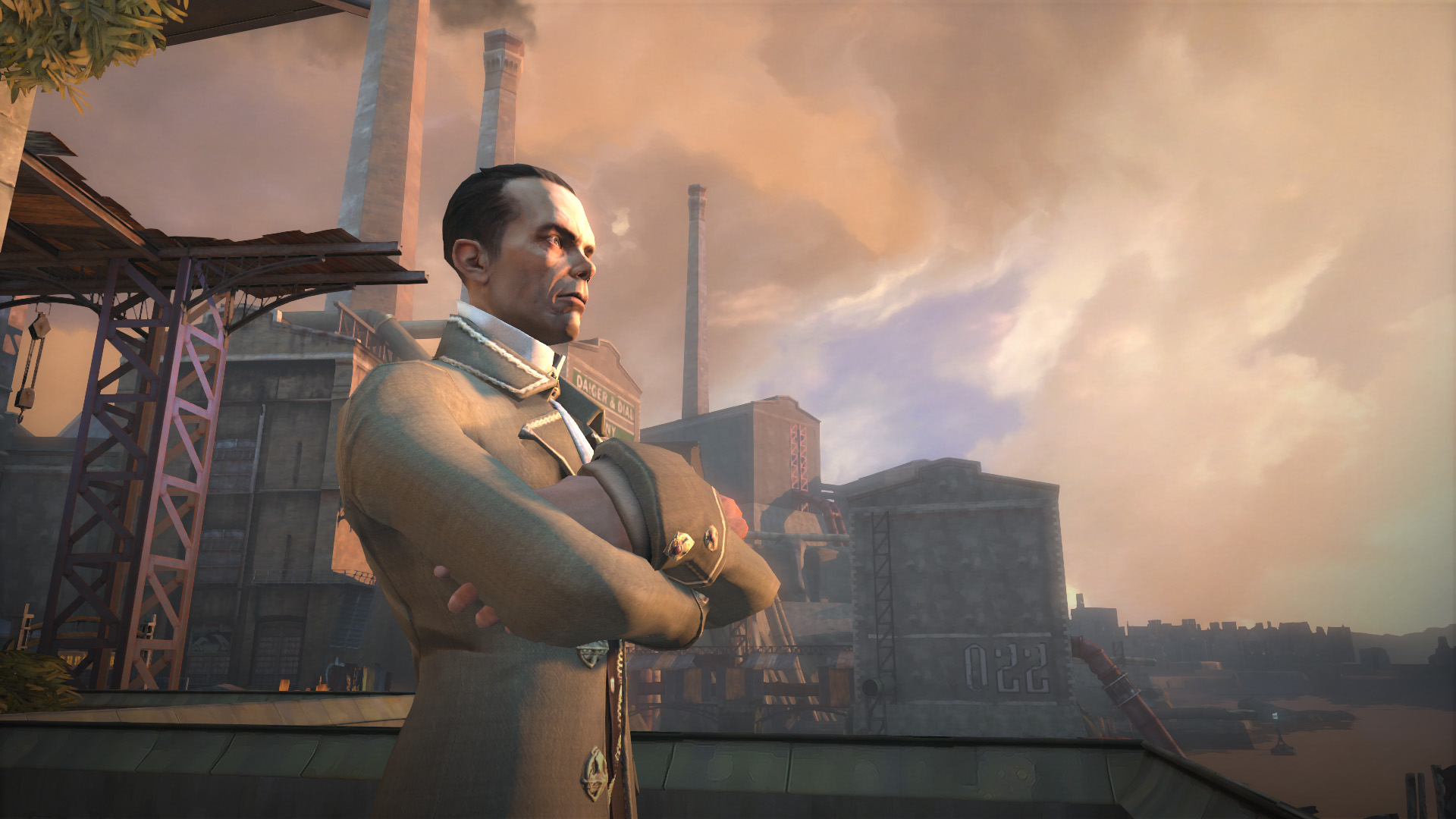

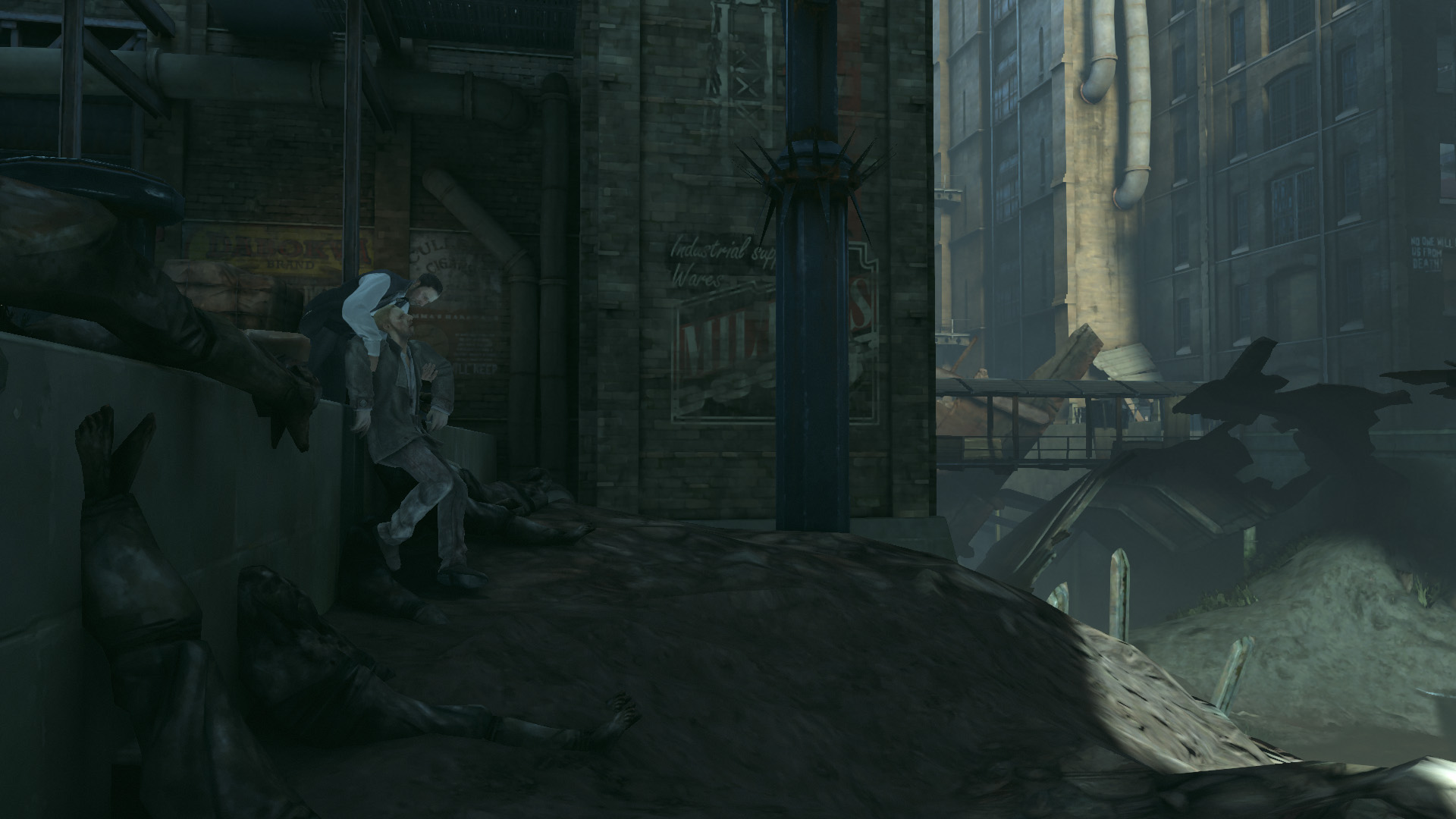
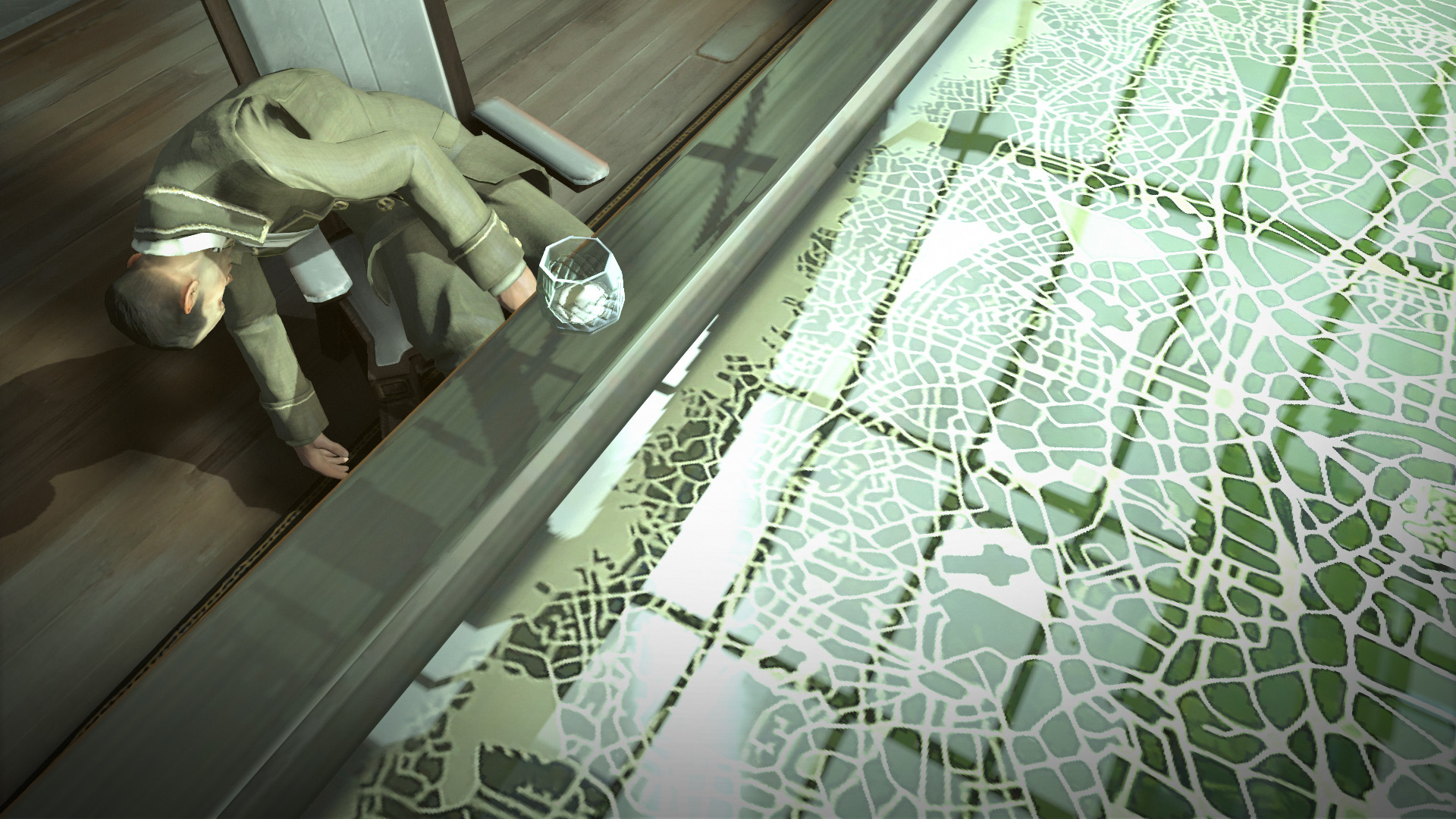
Yet none of these seem to offer a true portrait of this fictional city—for that I had to move closer. The views of distant rooftops and towering buildings seemed excessive, distracted from the truth of this place, and the portraits were too colored by character, by a single perspective. Dunwall, after all, comes to life not as a set of vistas, or viewpoints, but a series of intimate tableaux. In corners and stairwells, among the carefully arranged rooms and corridors I found still lifes: collections of furniture, technology, masonry, and architecture that seemed to get at the heart of Dunwall. Like Pynchon’s descriptions, which are defined by their knotty nature and their absences or obscurities as much as their inclusions, these became attempts to describe a city in a single fragment alone.
From Dunwall, these images draw a sense of decay, death, inequality, luxury, processes of time and erosion, qualities of light. All the incomplete things that make Dishonored‘s city and its precisely crafted depiction, not just a great fictional city, but a city profoundly in communion with the cities it reflects, that even now we live among and beside. Not a total vision, but an array of fragments that might guide your idle daydreams.
